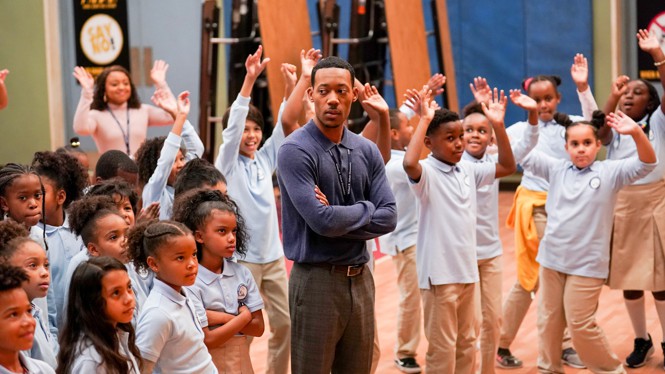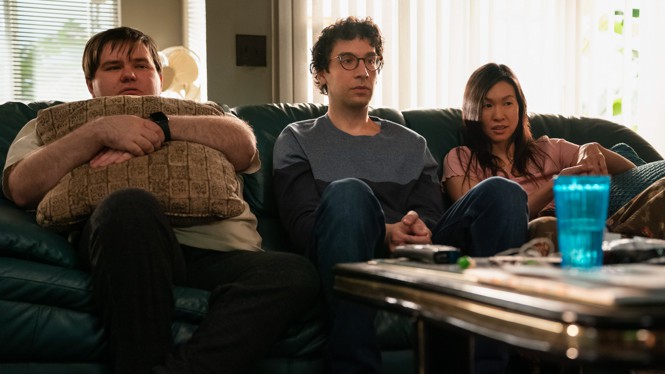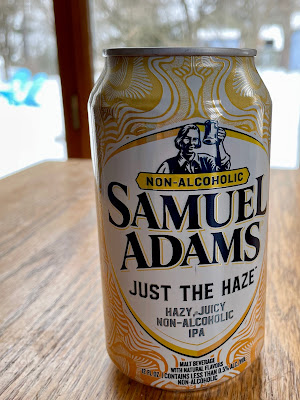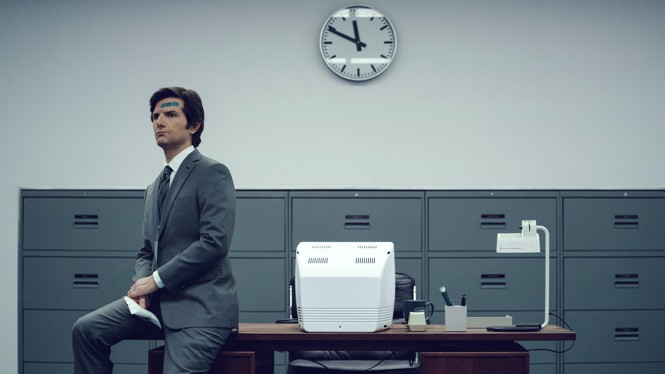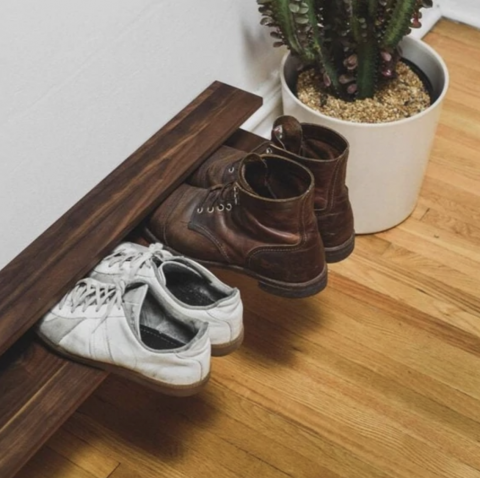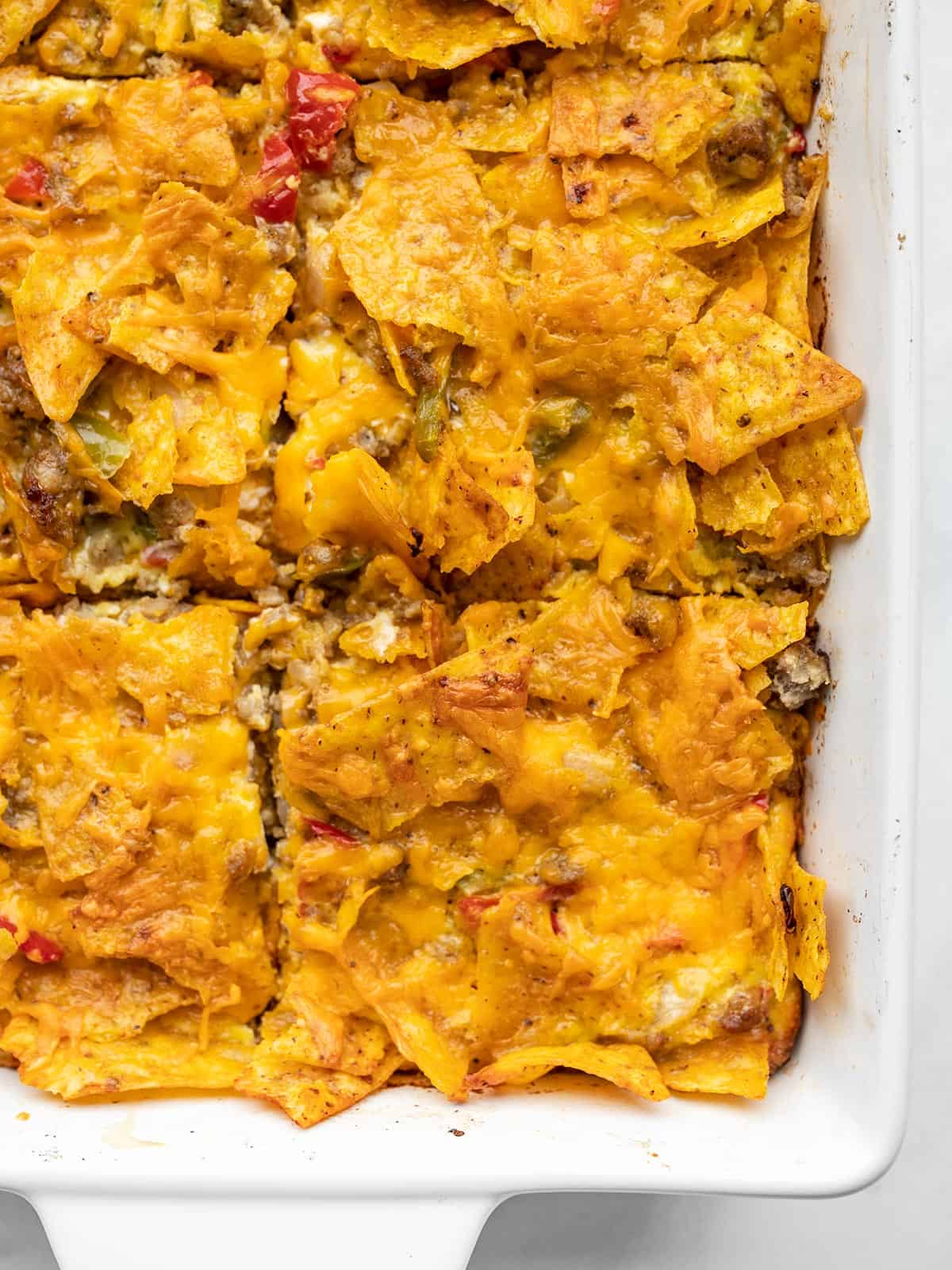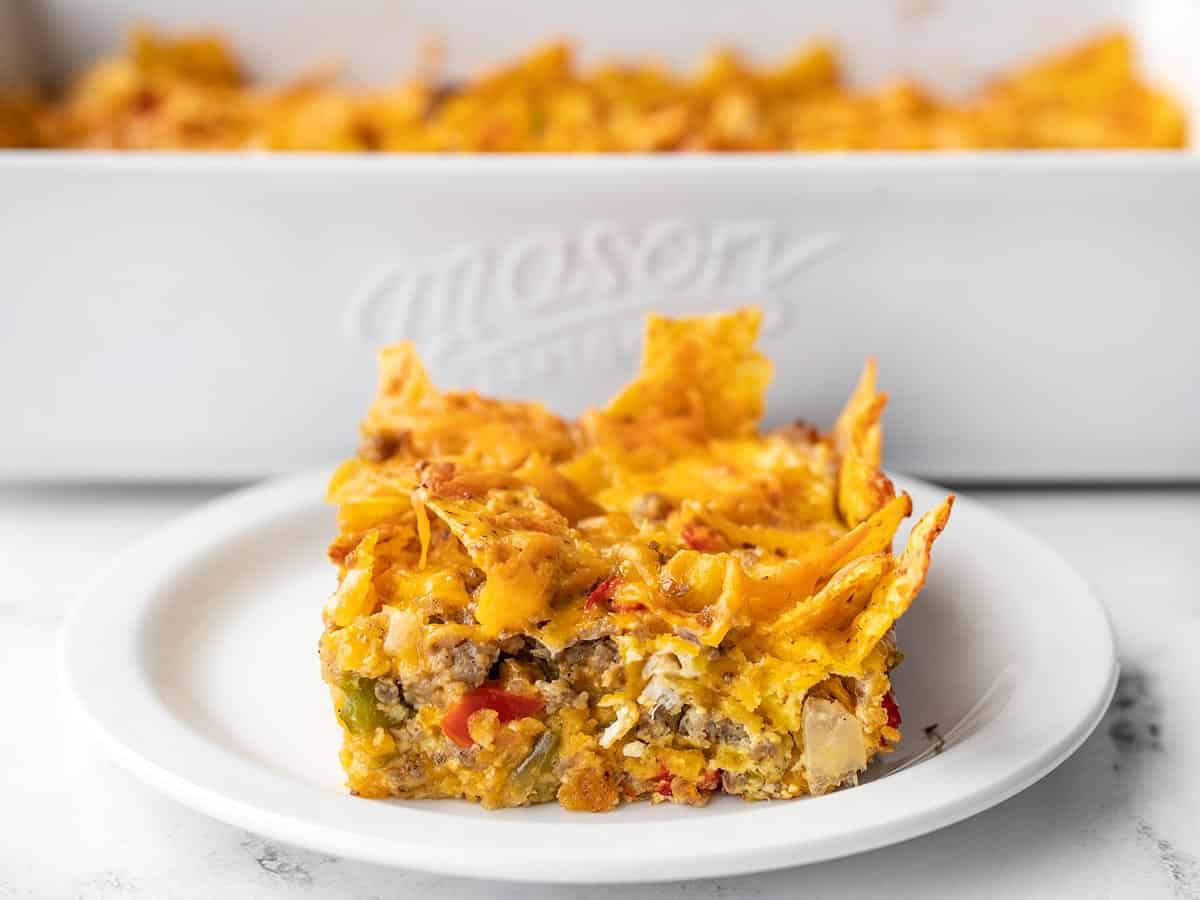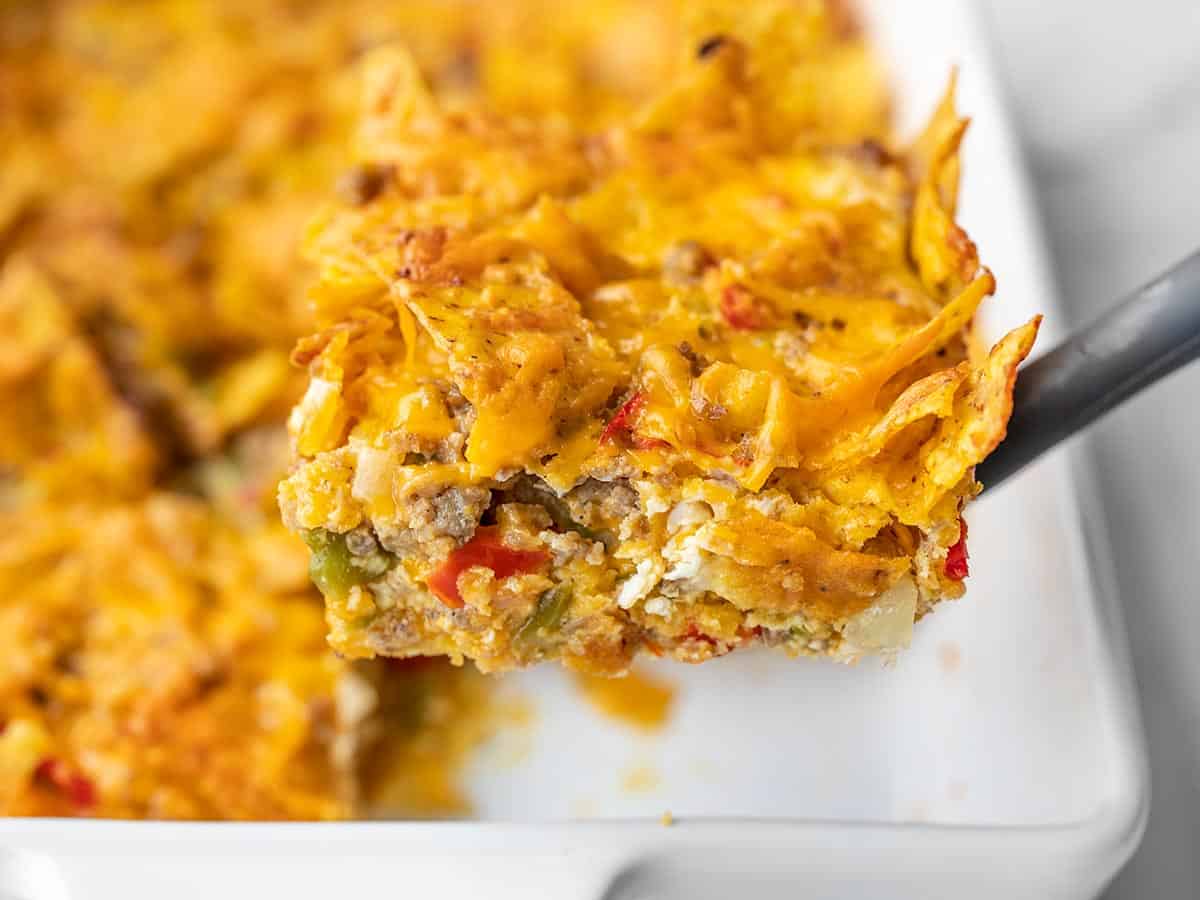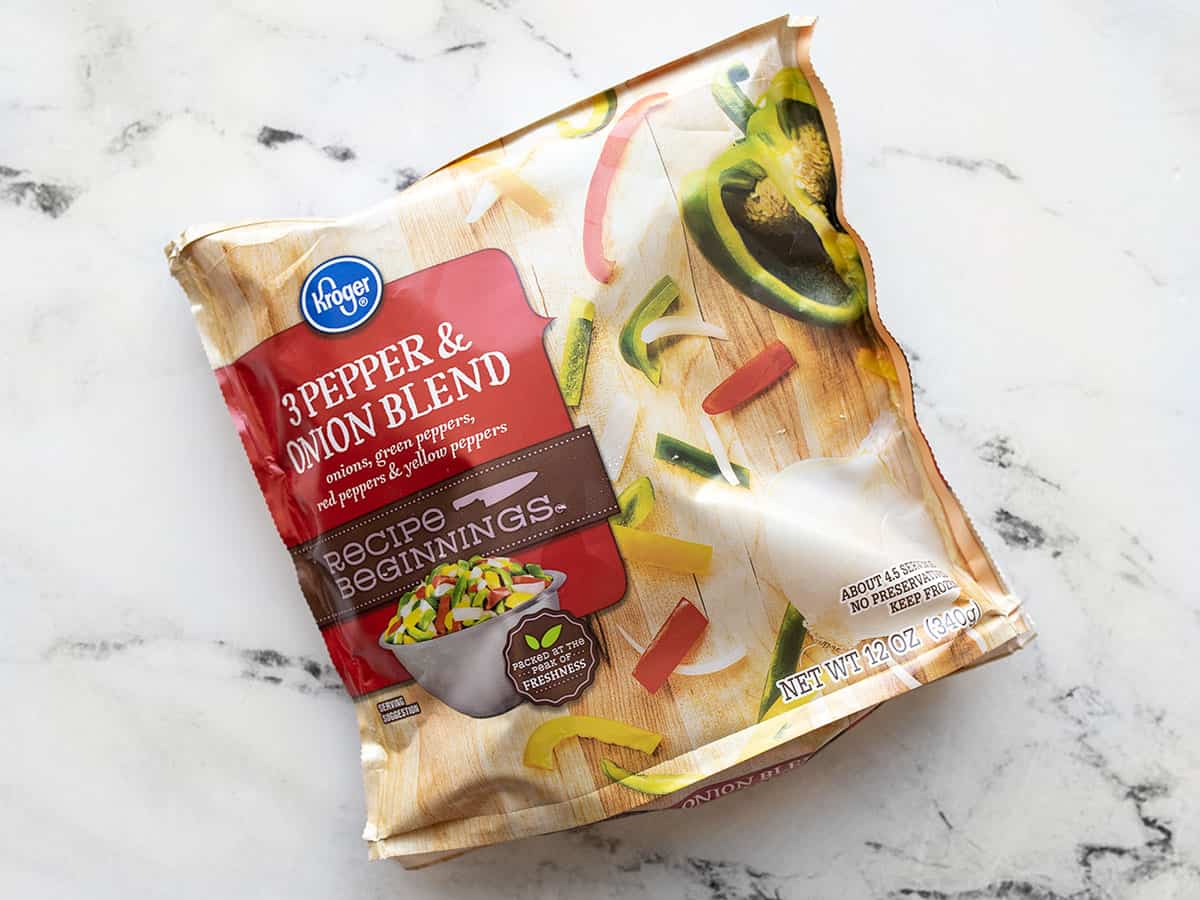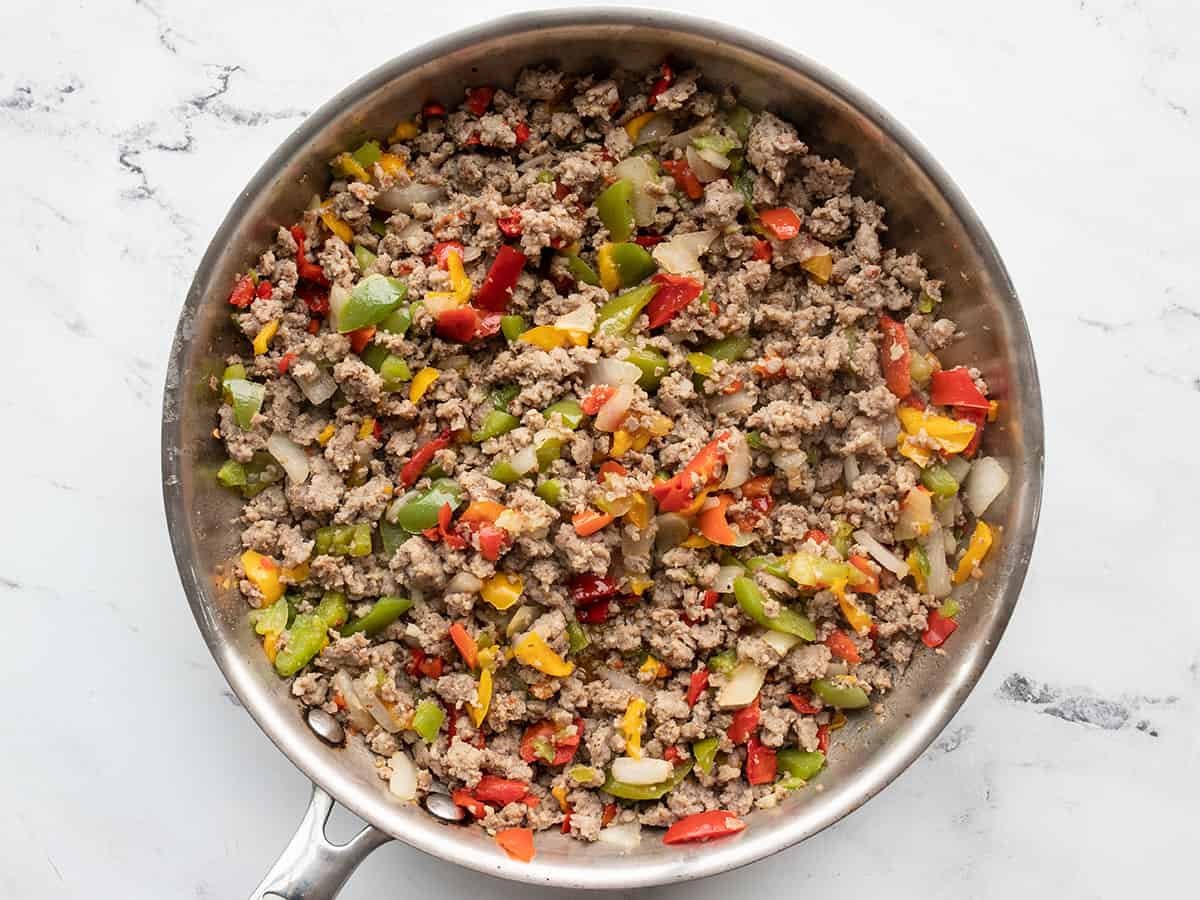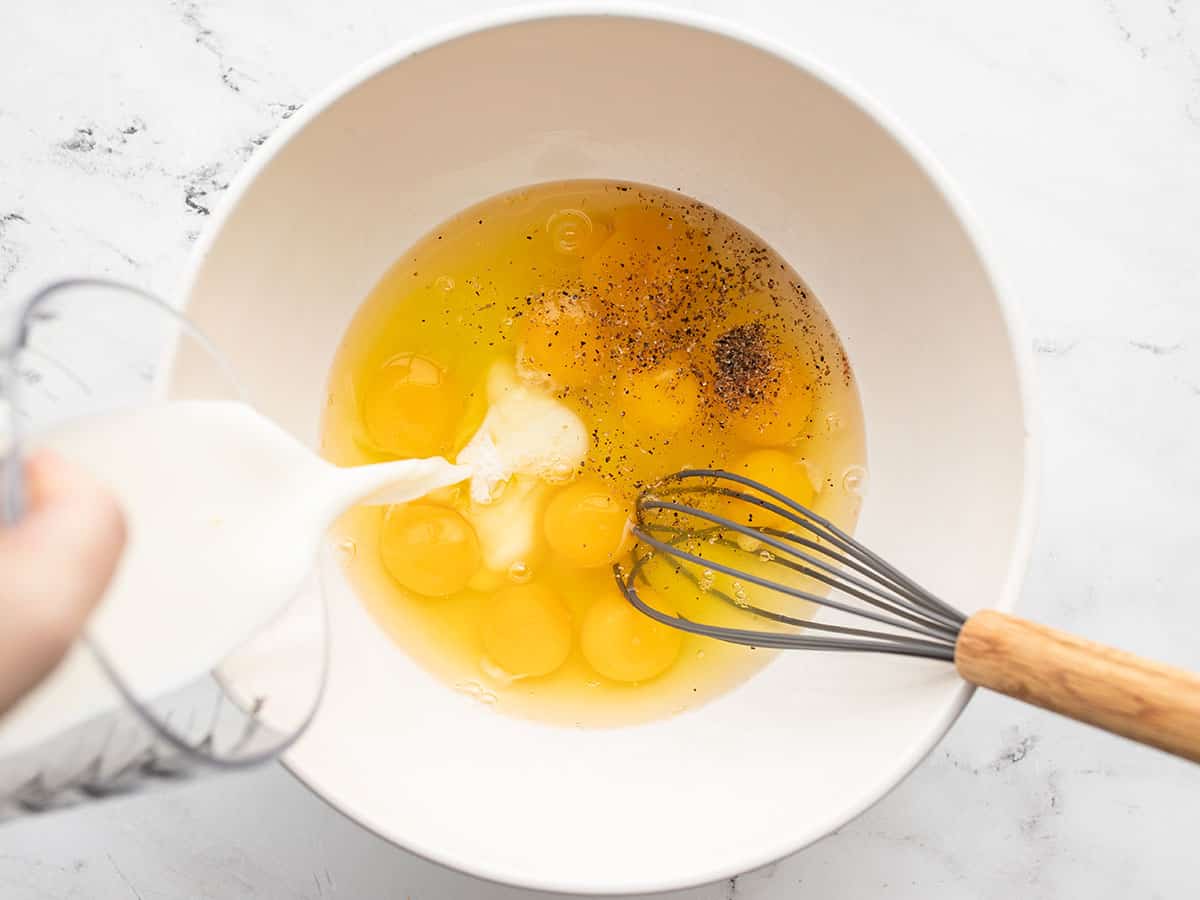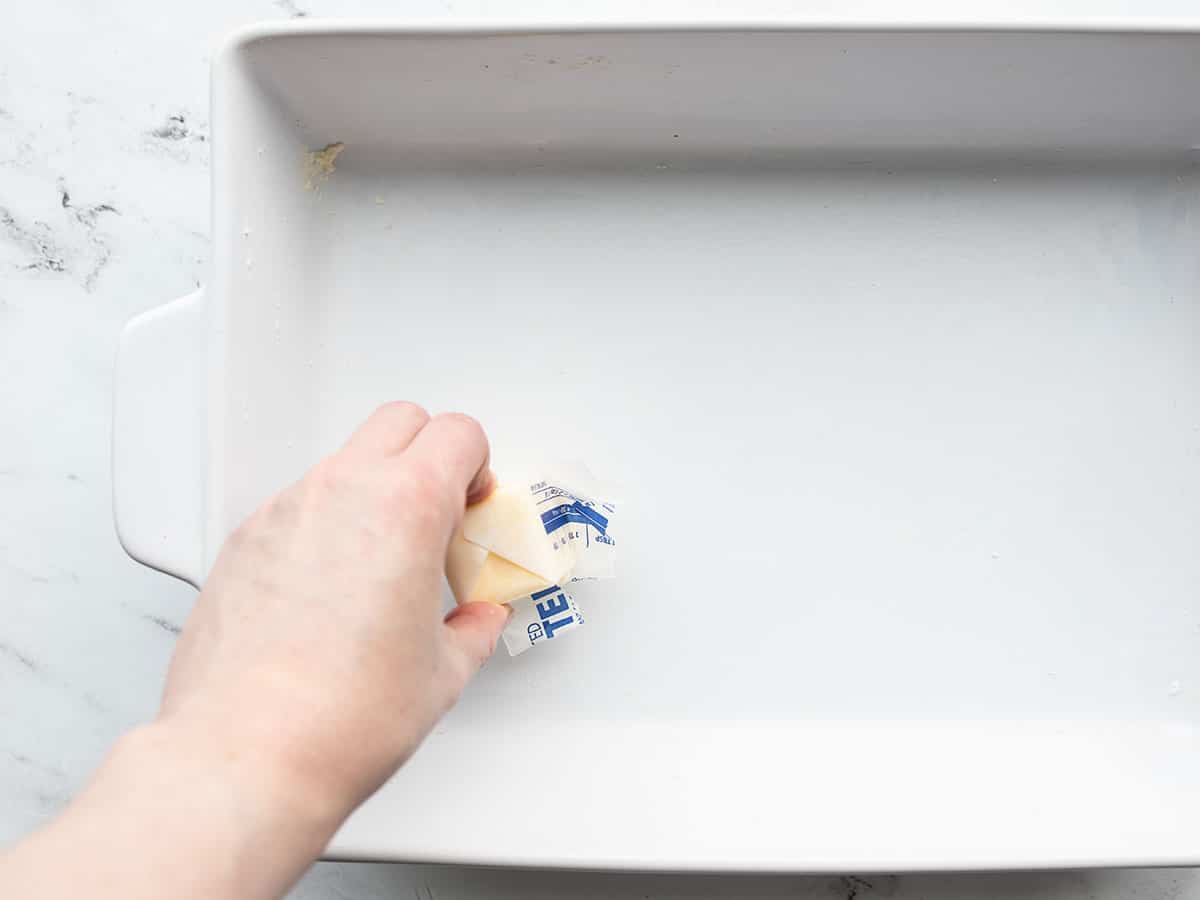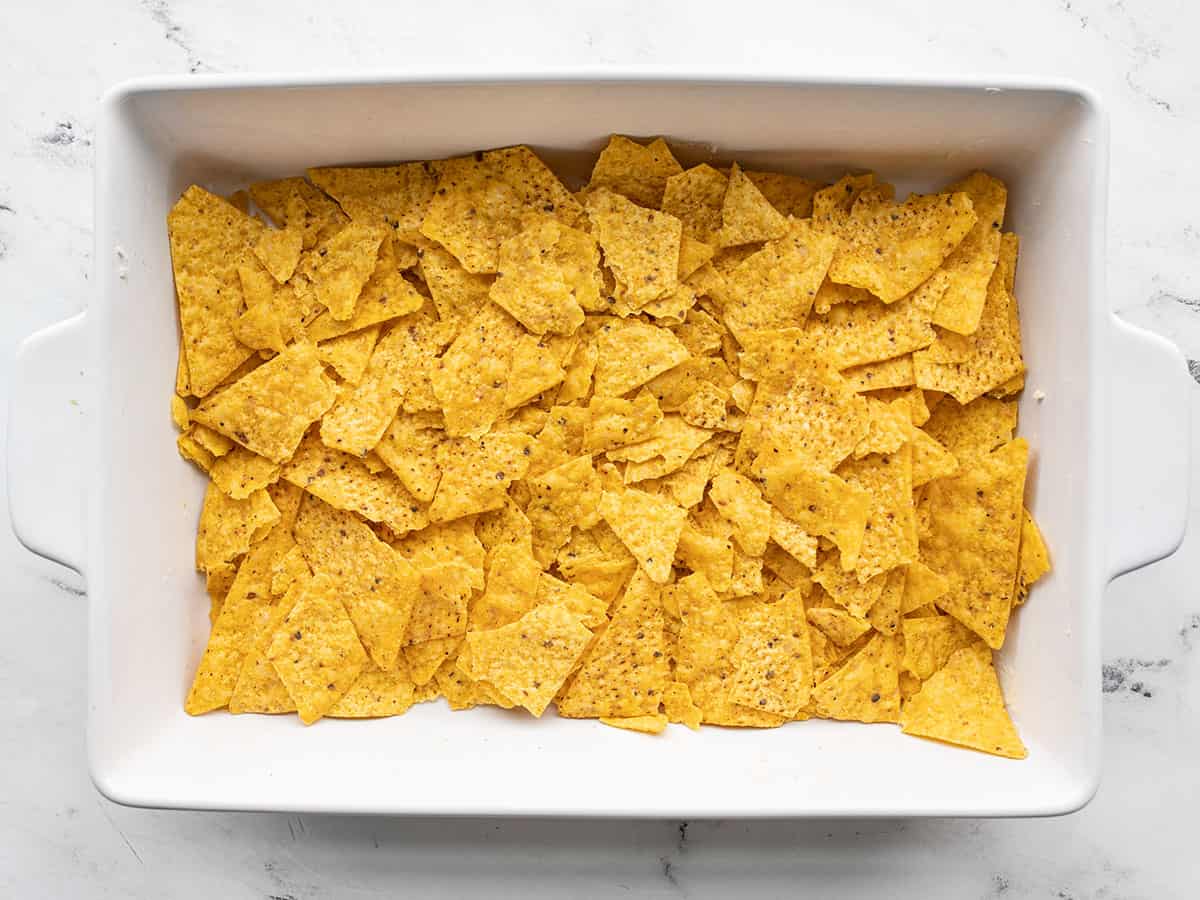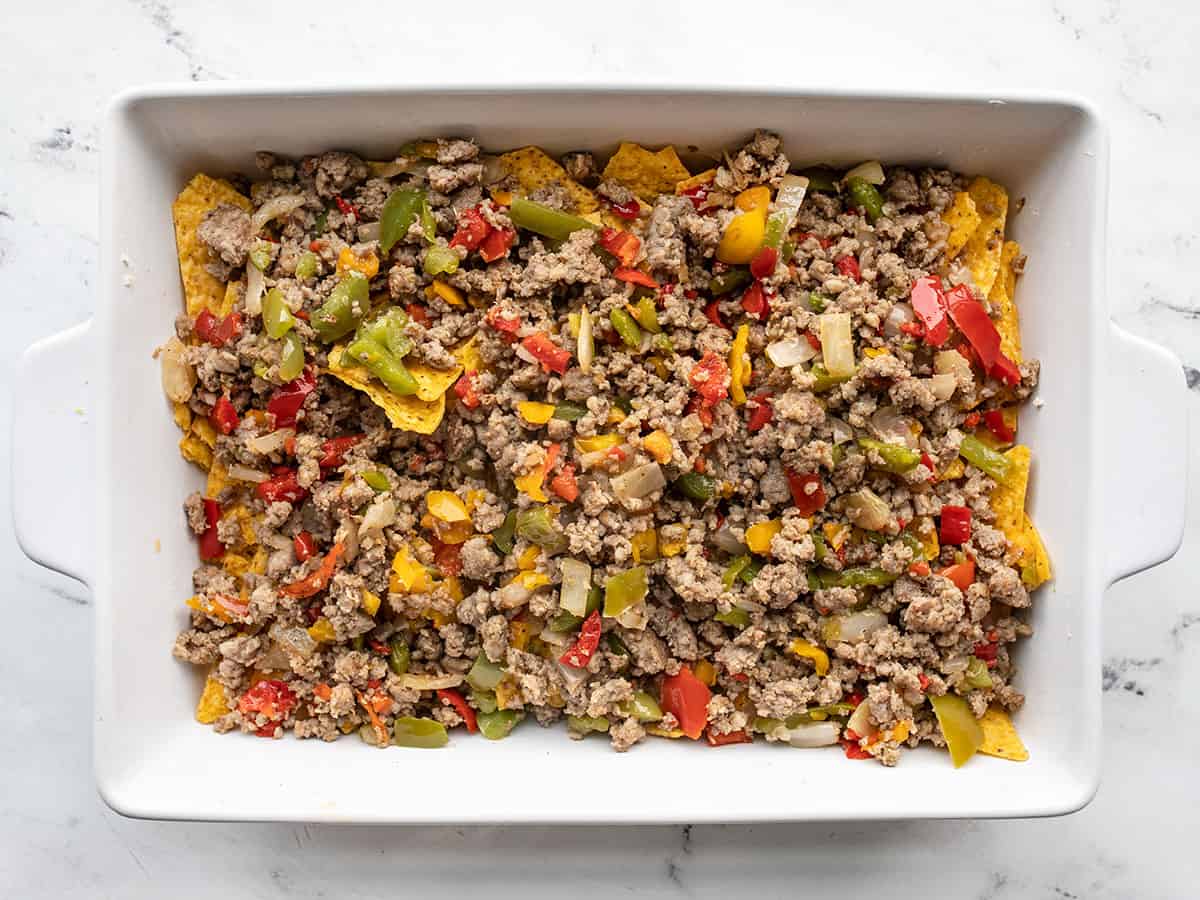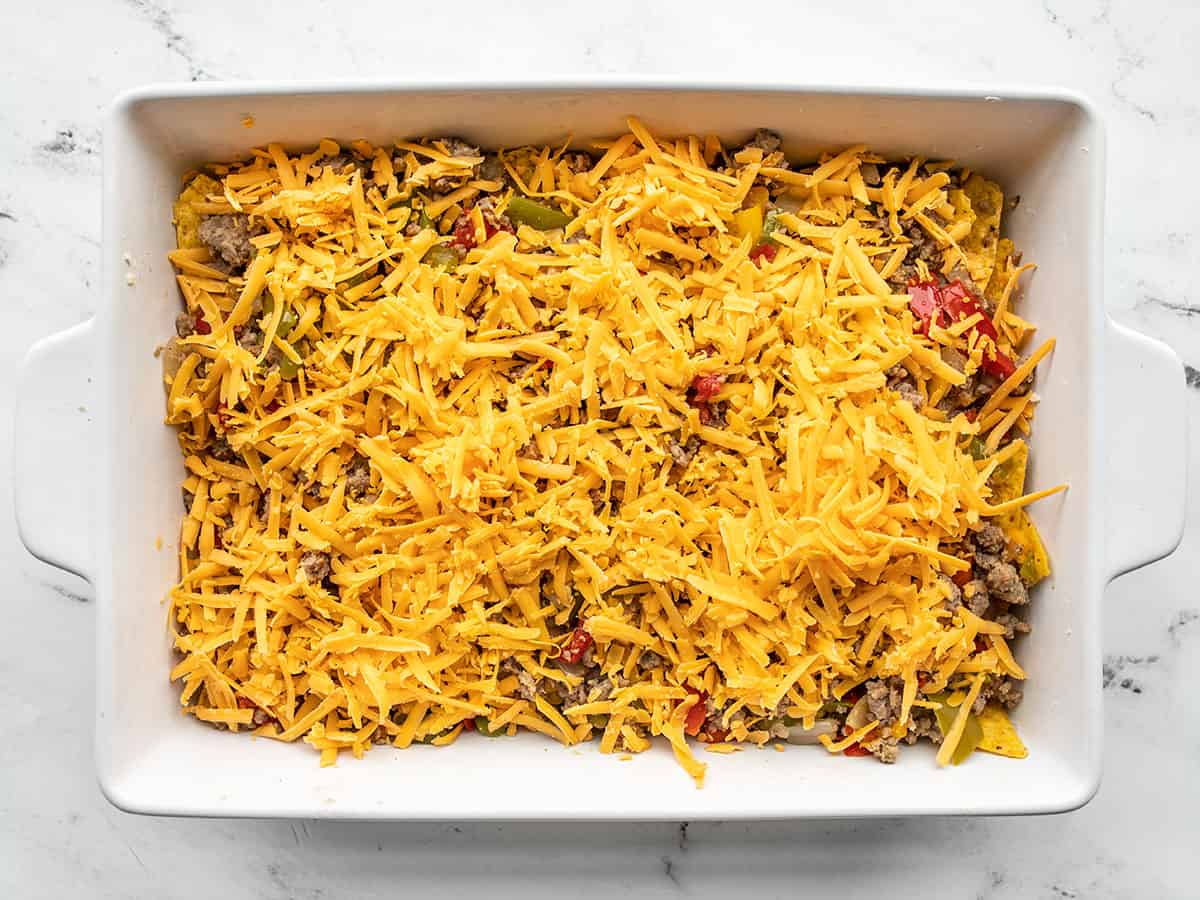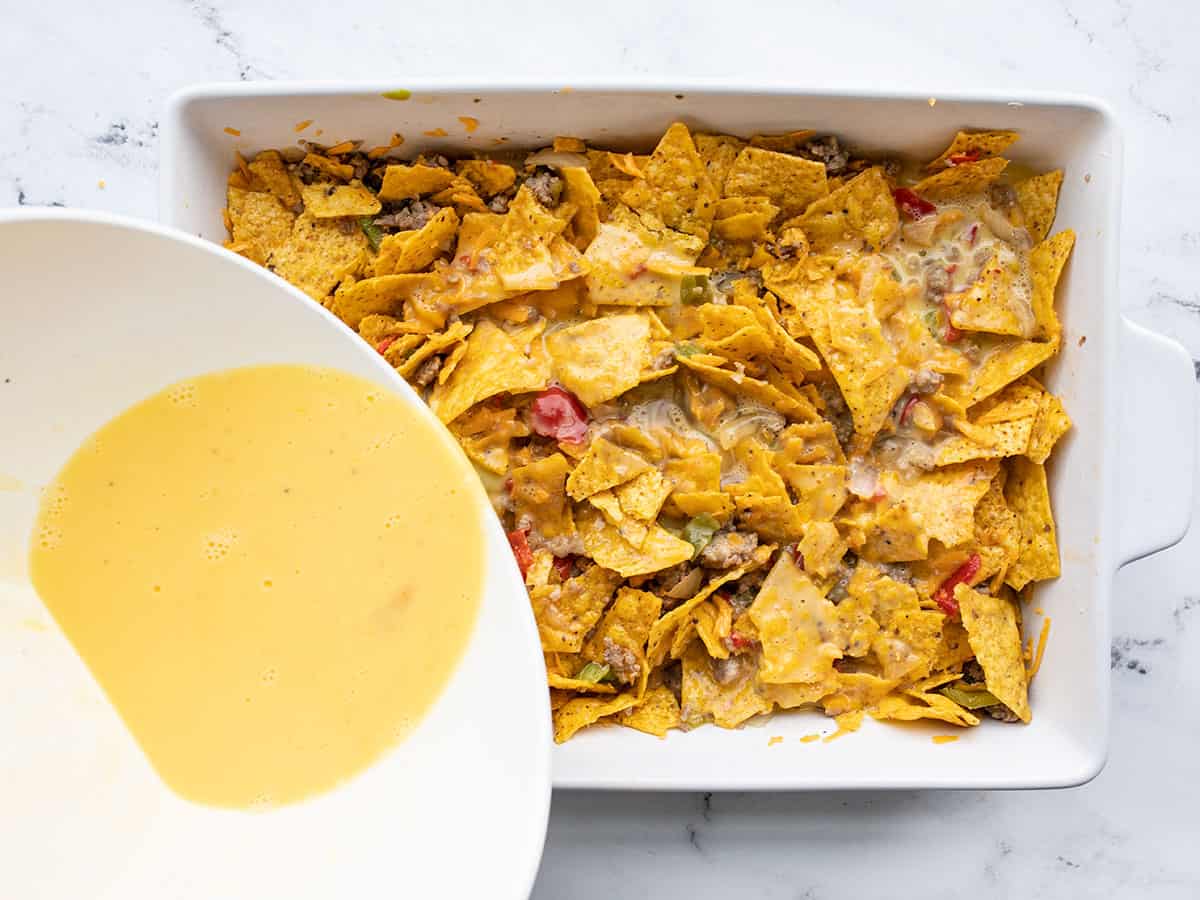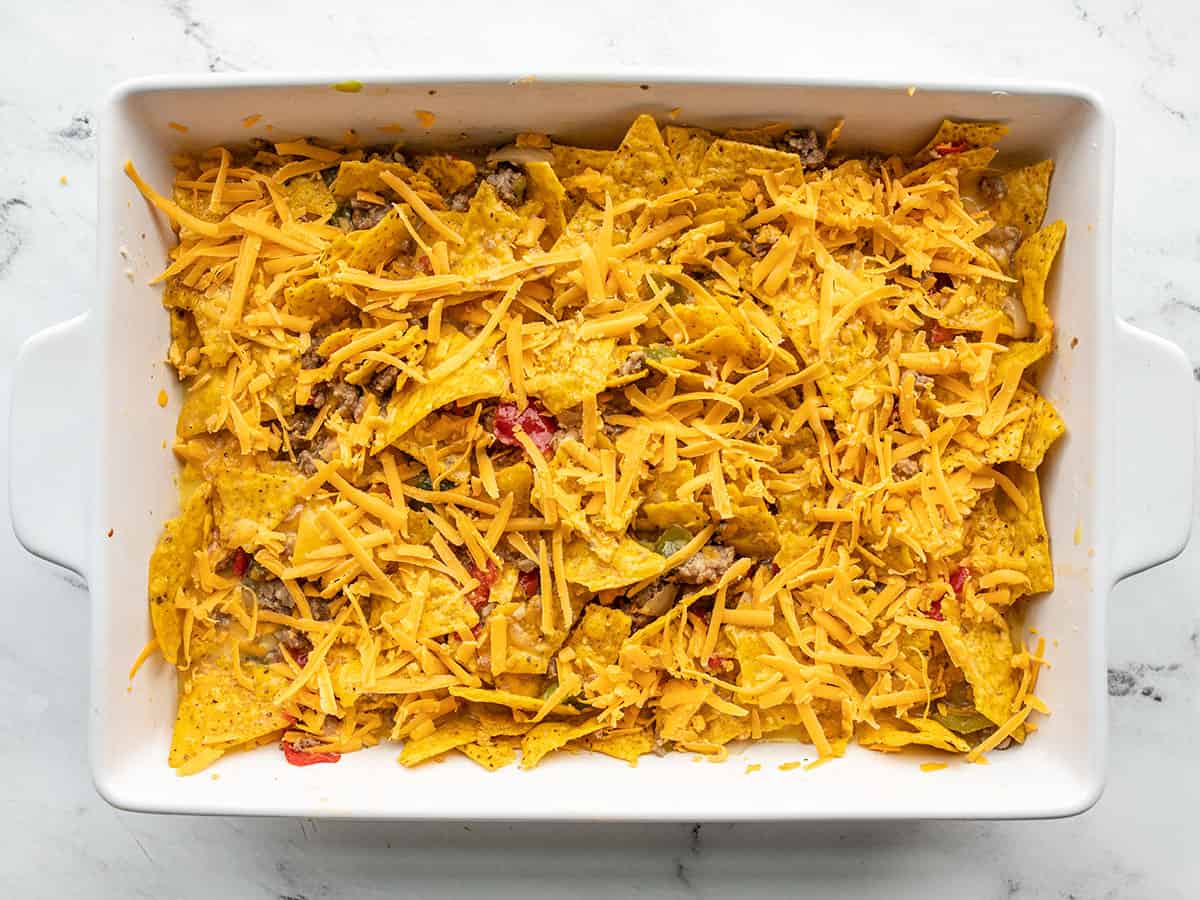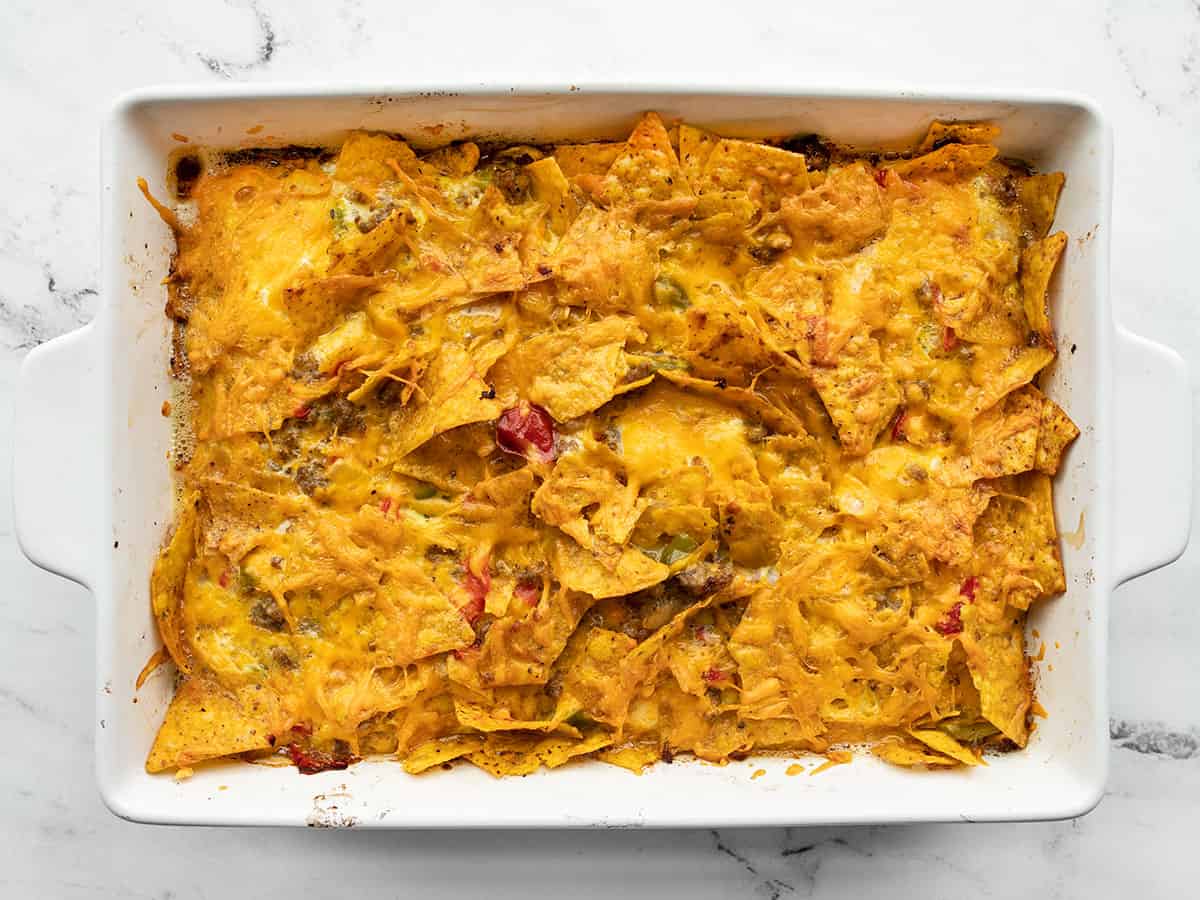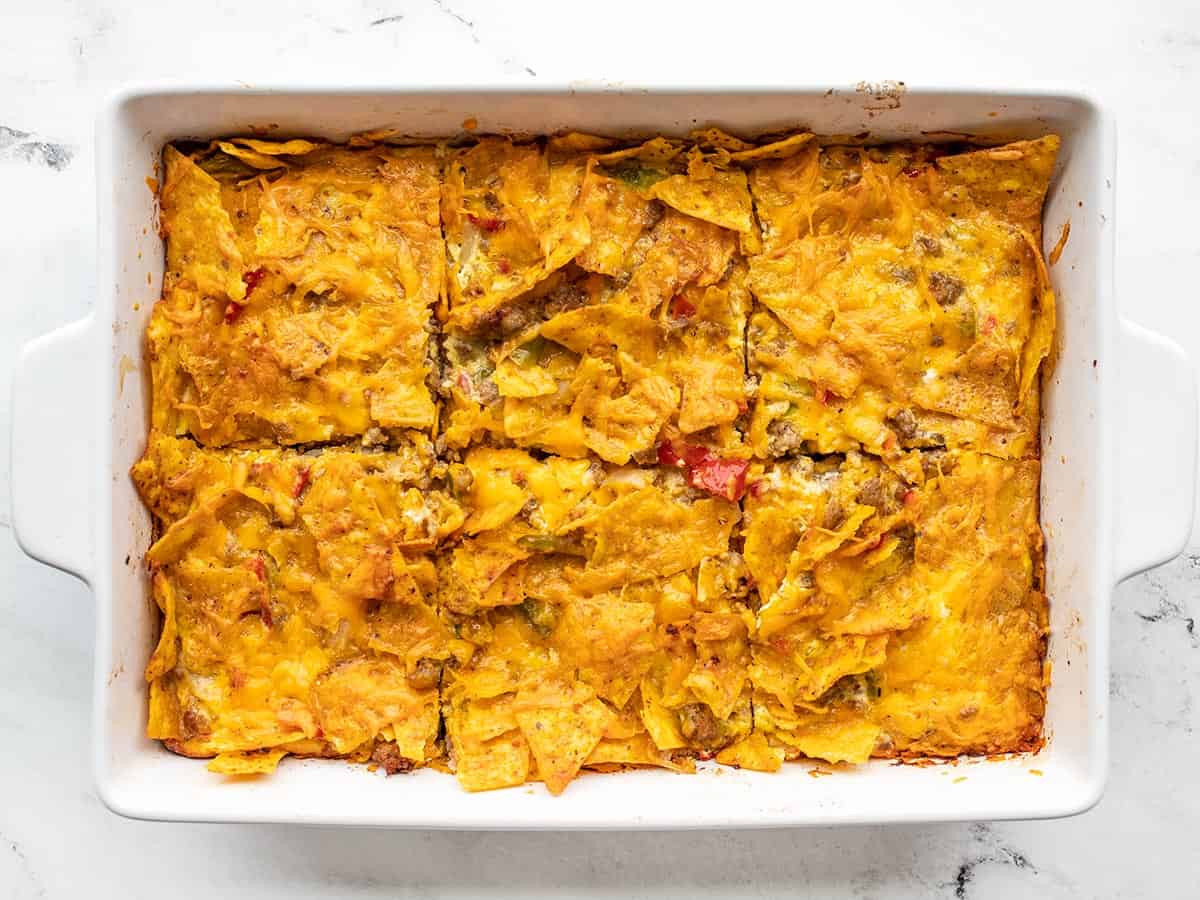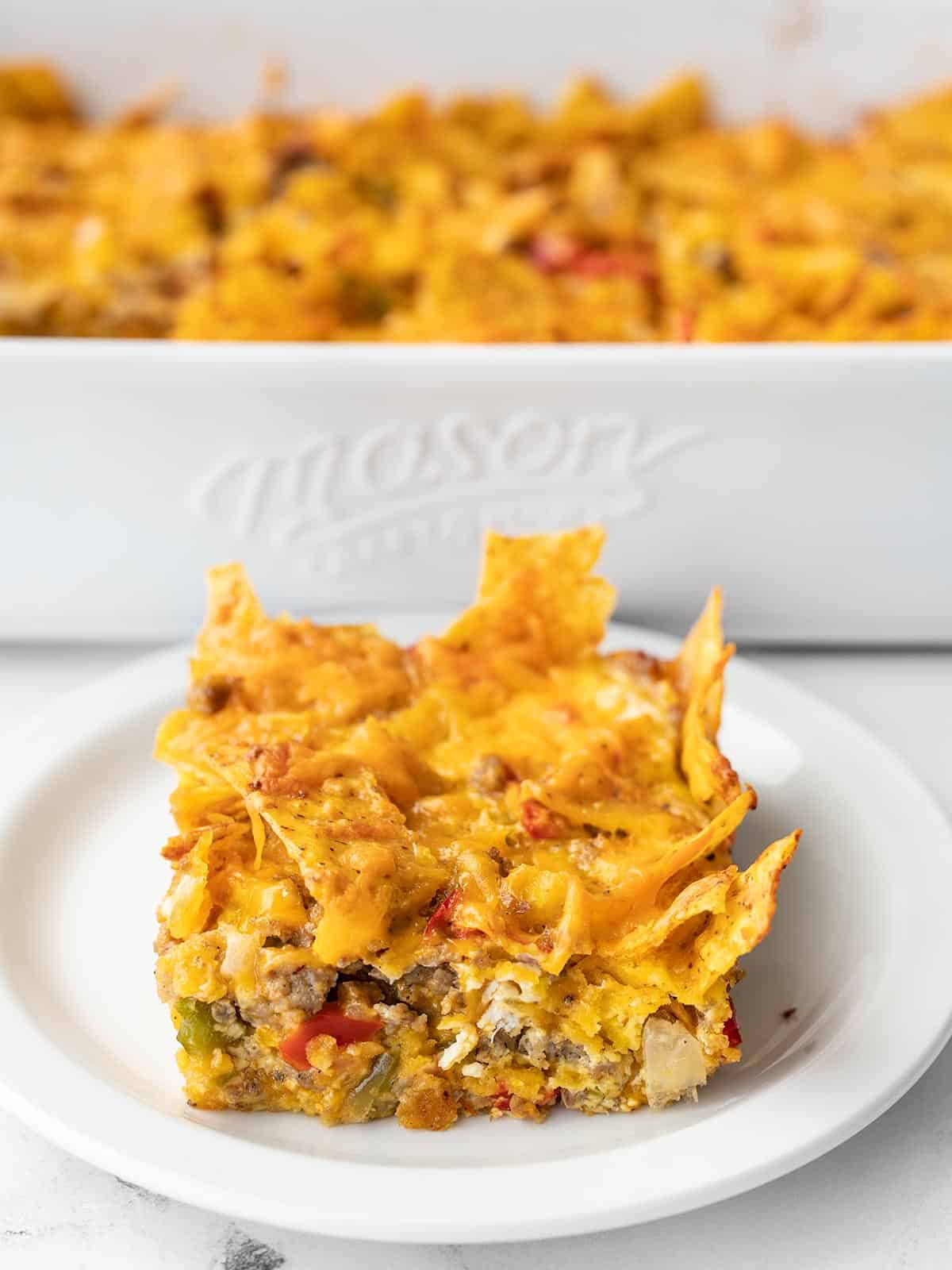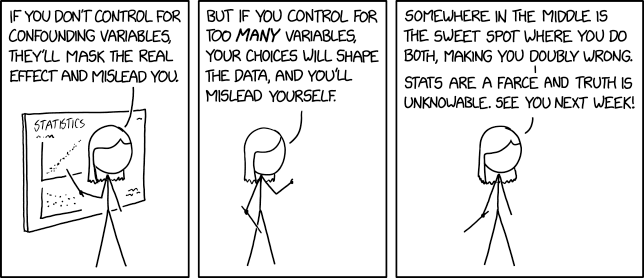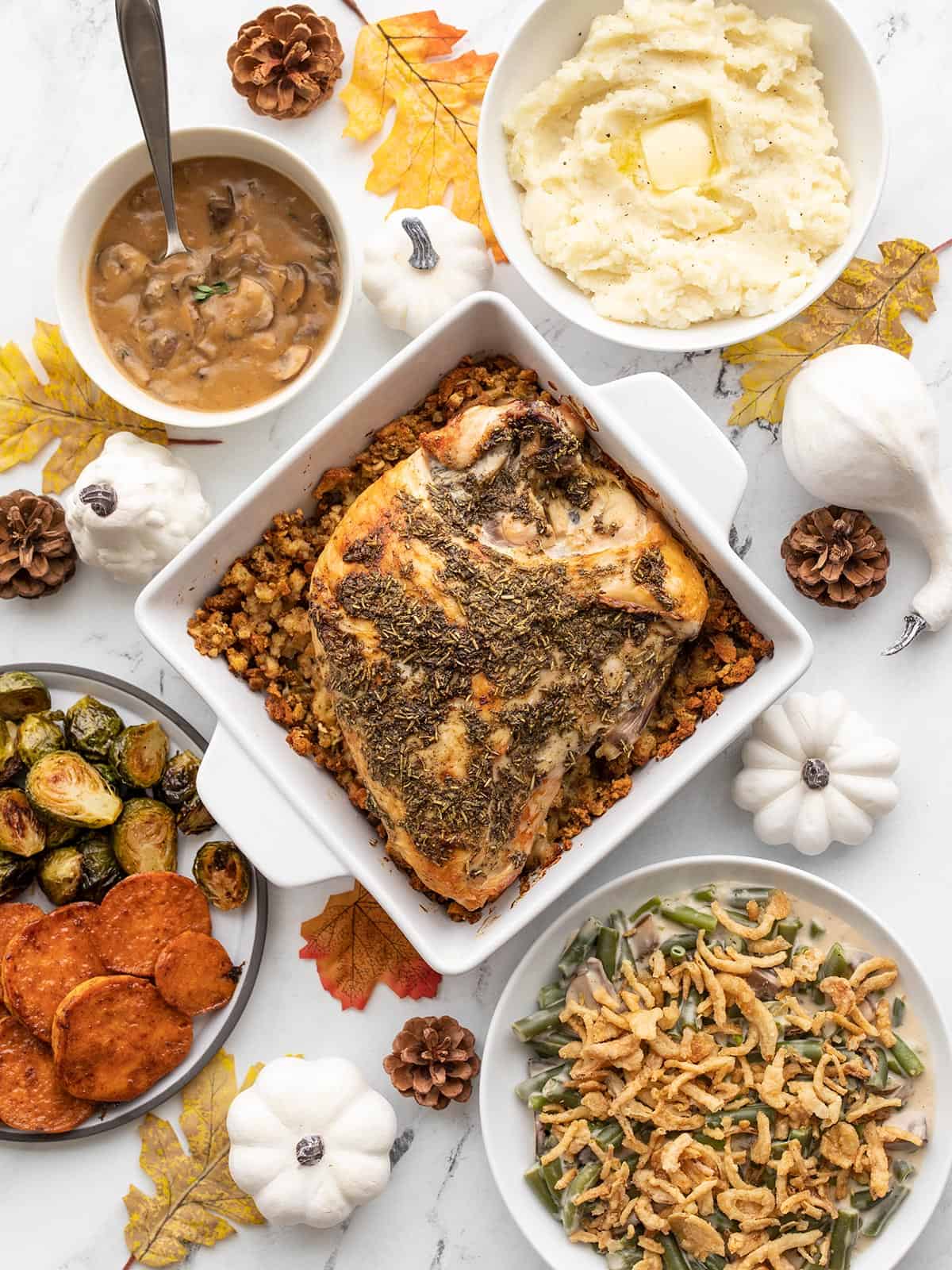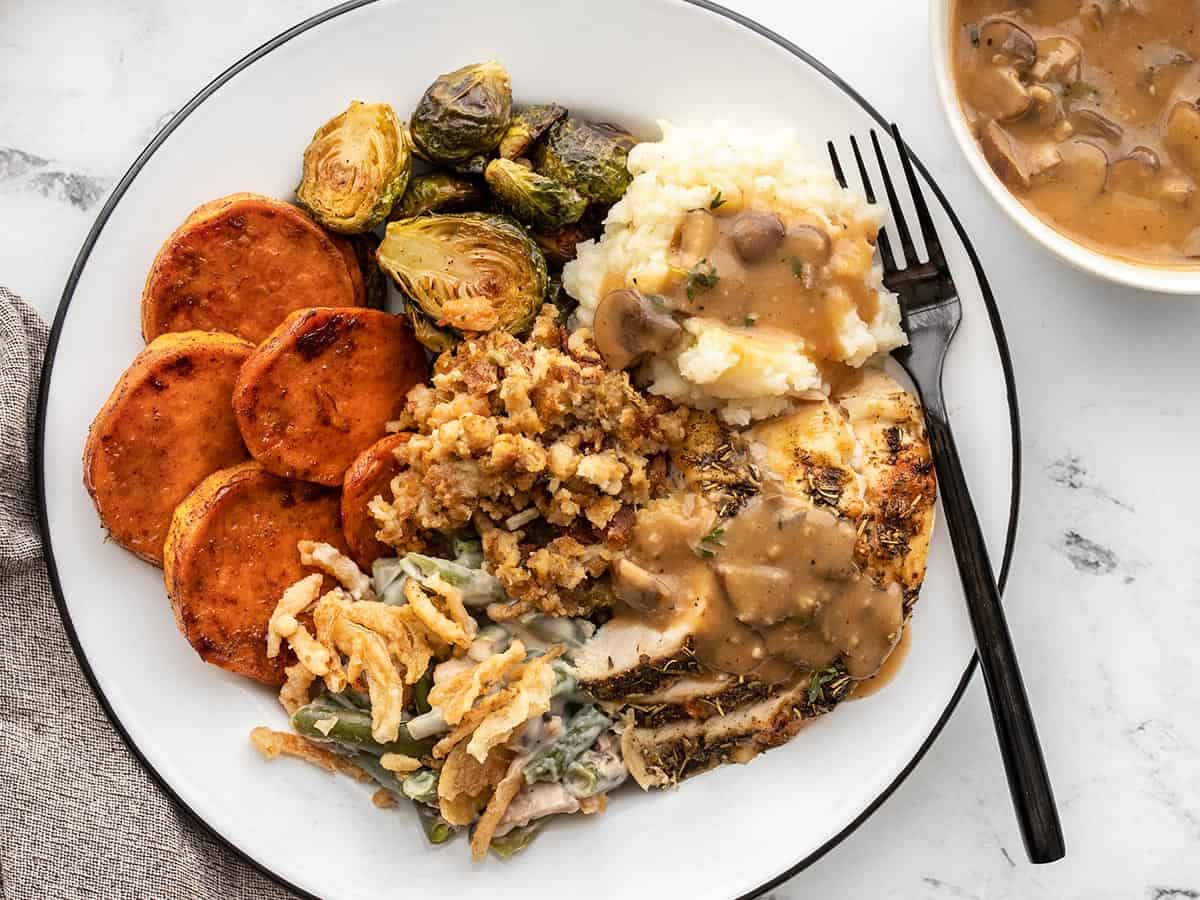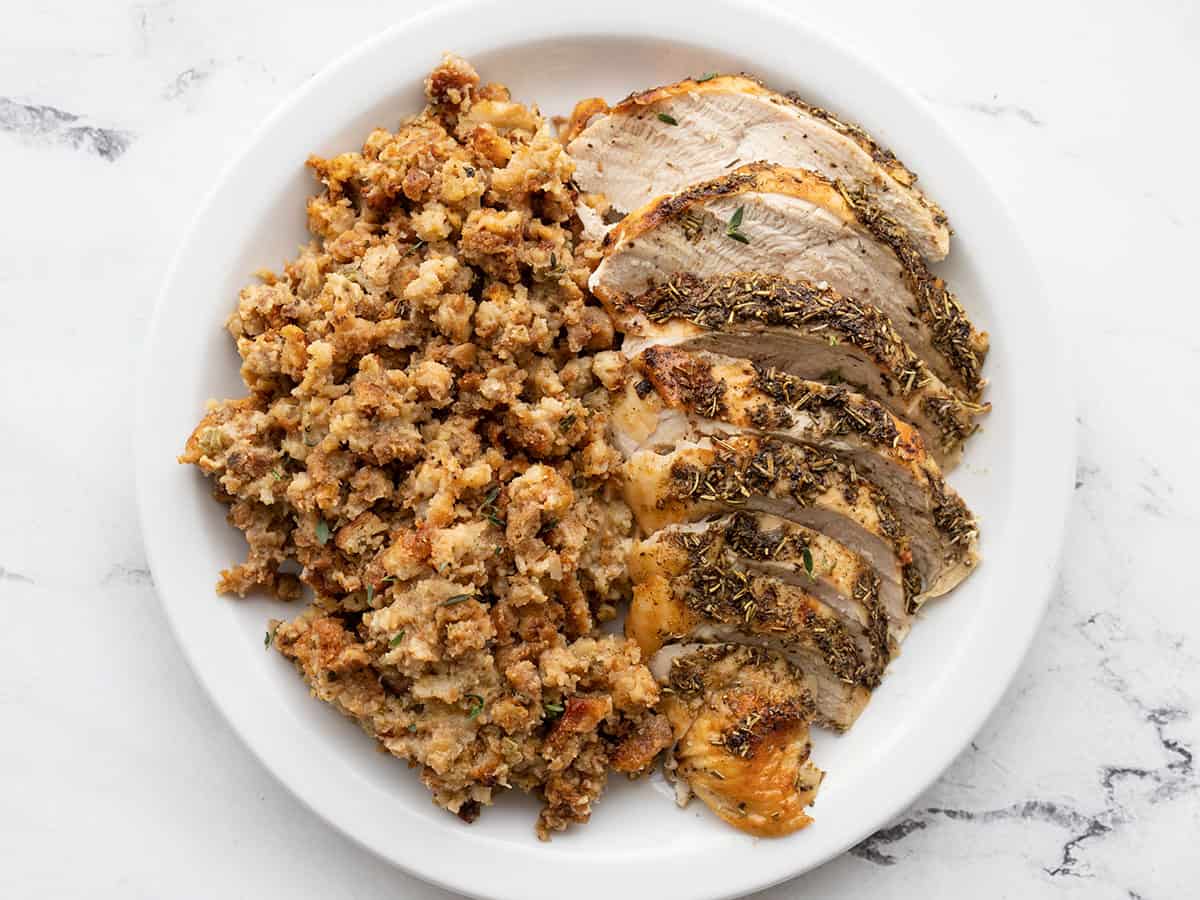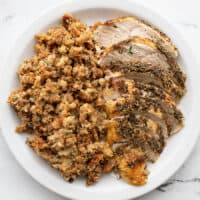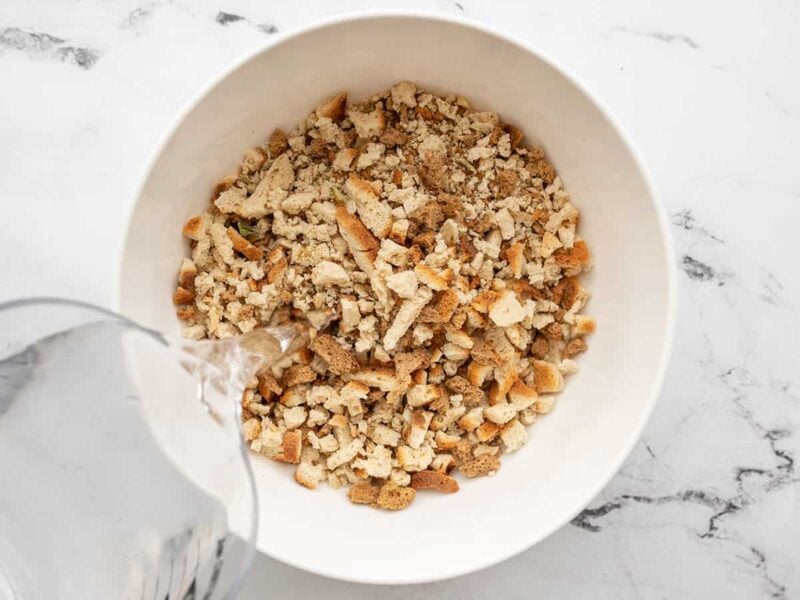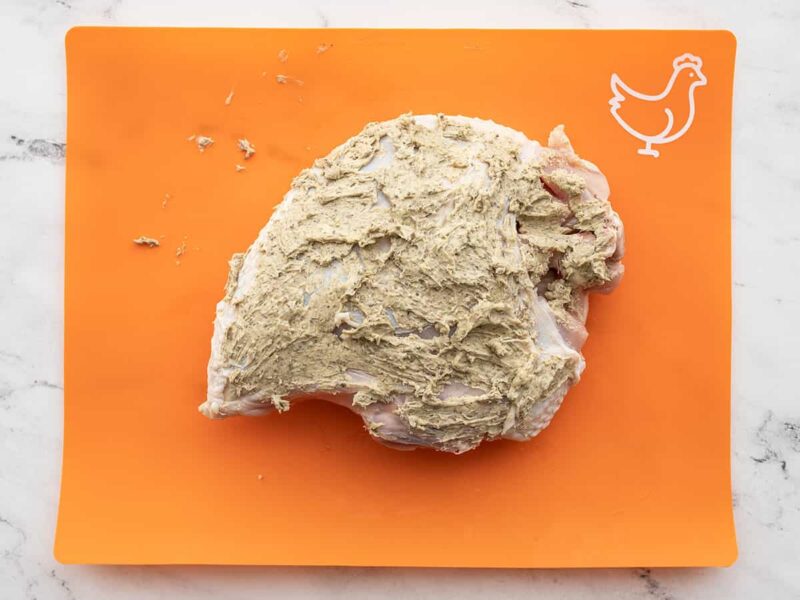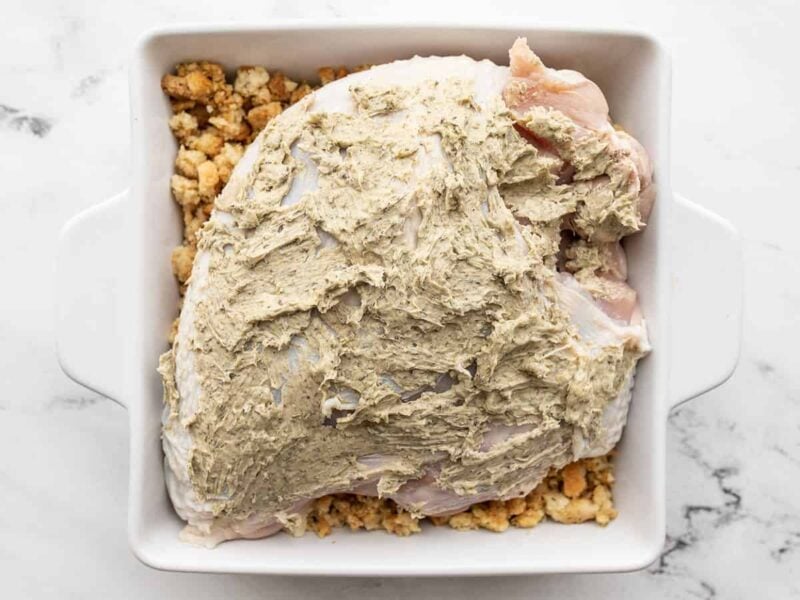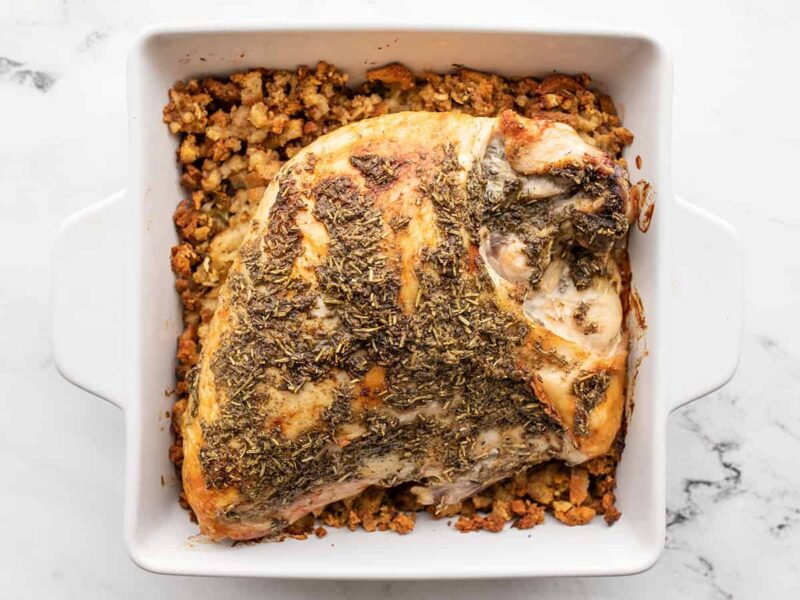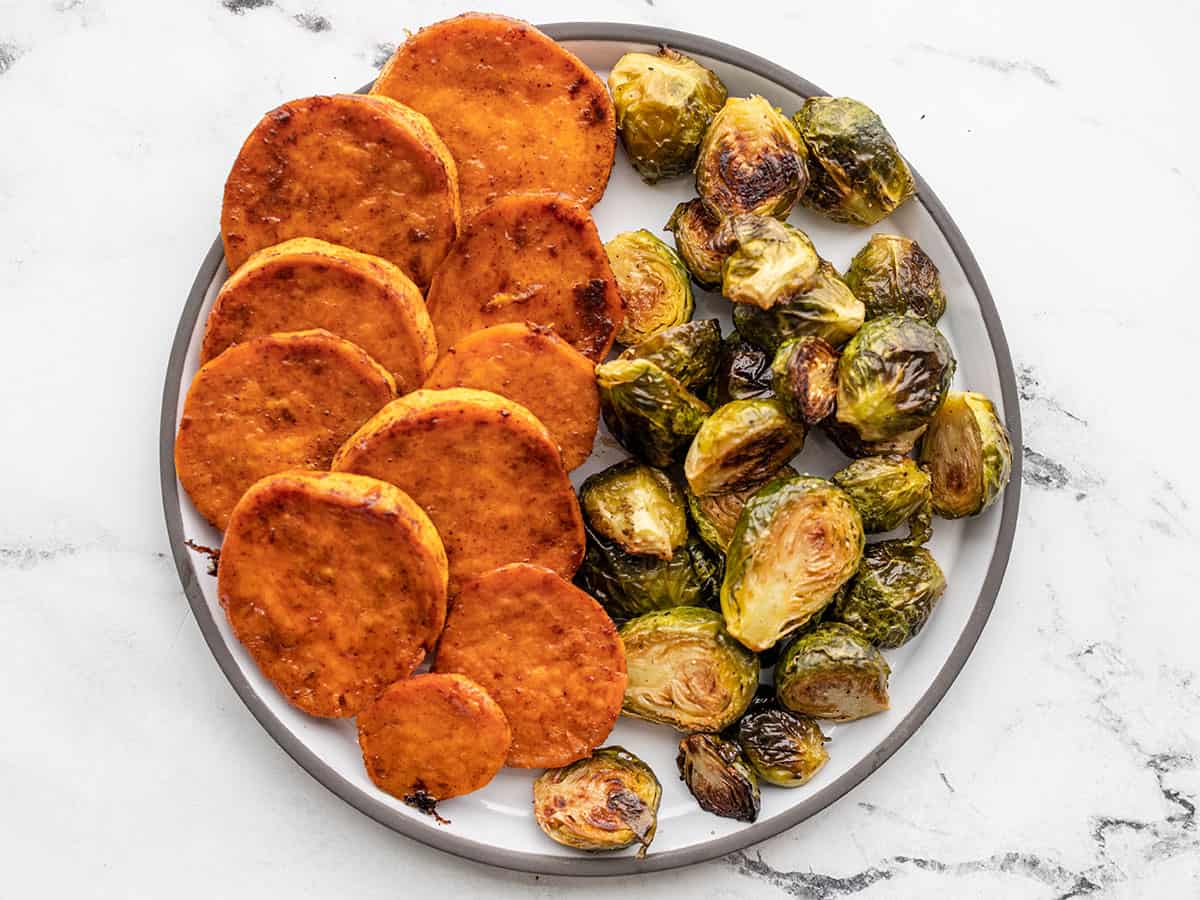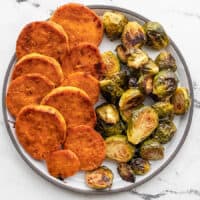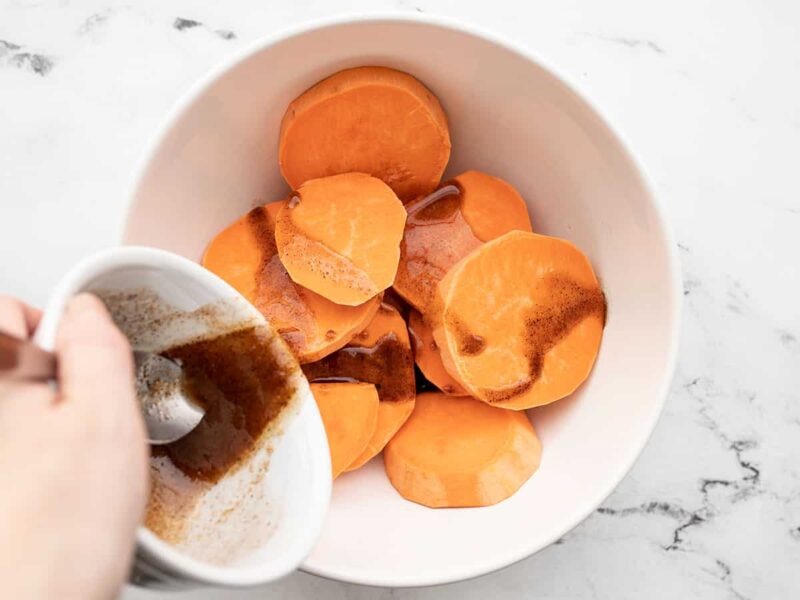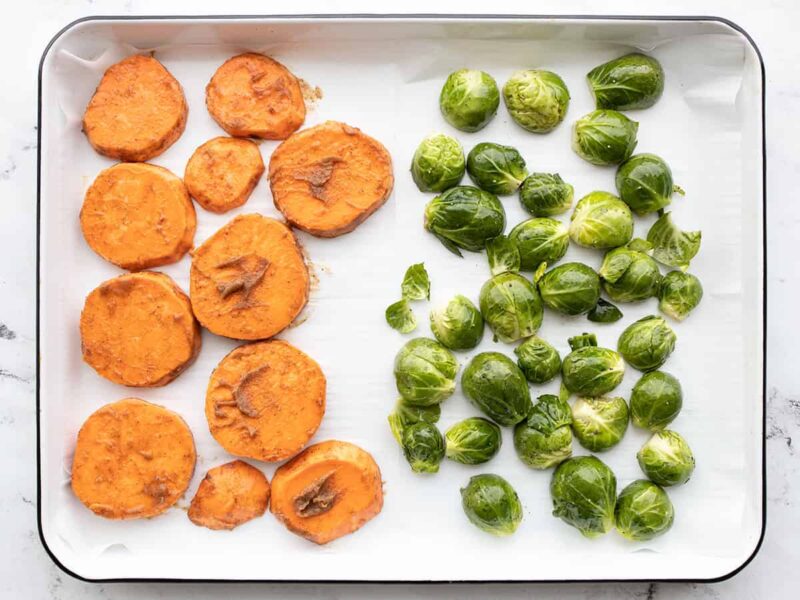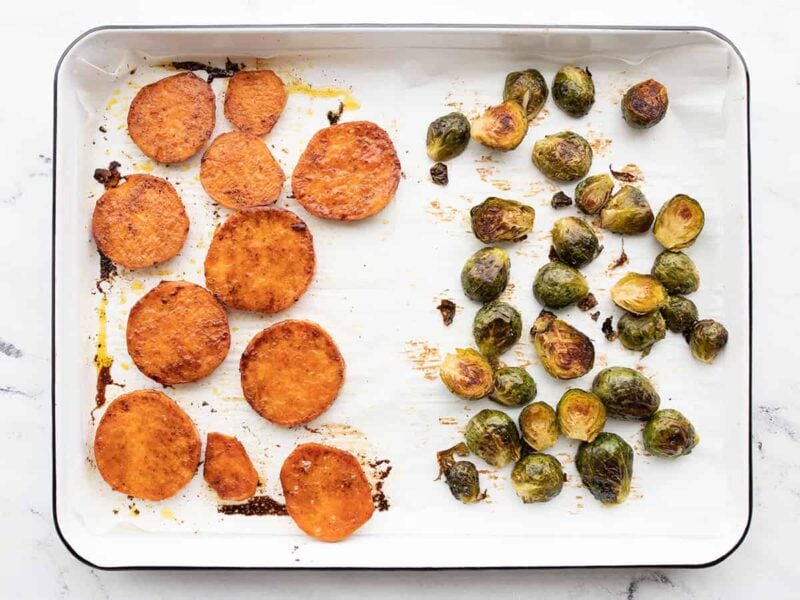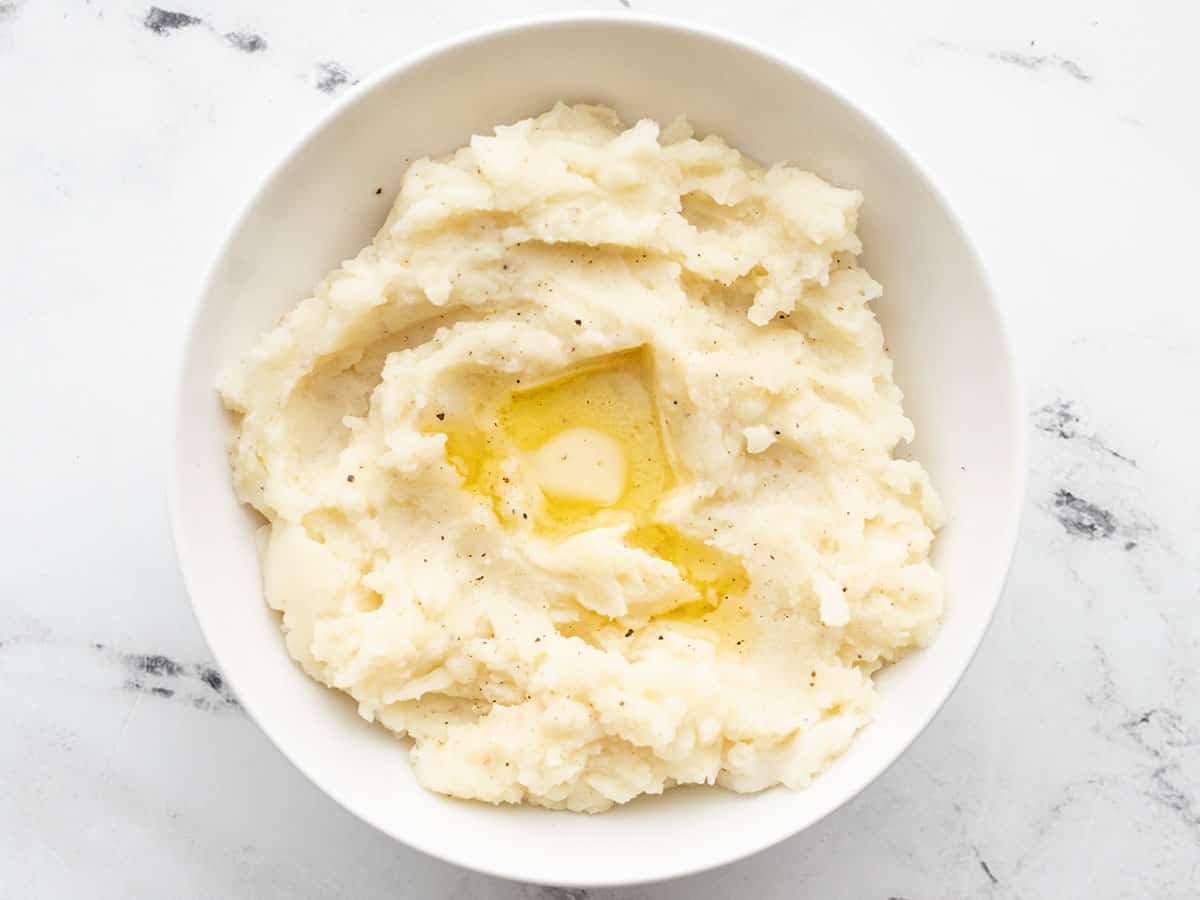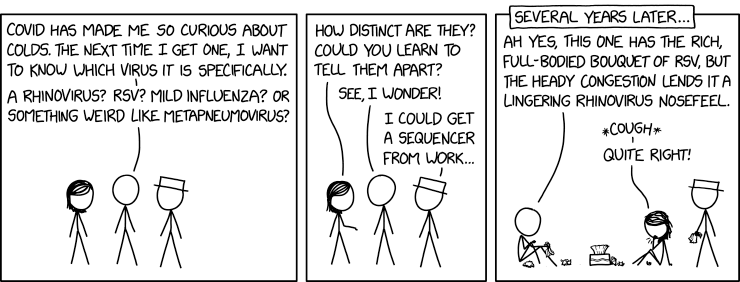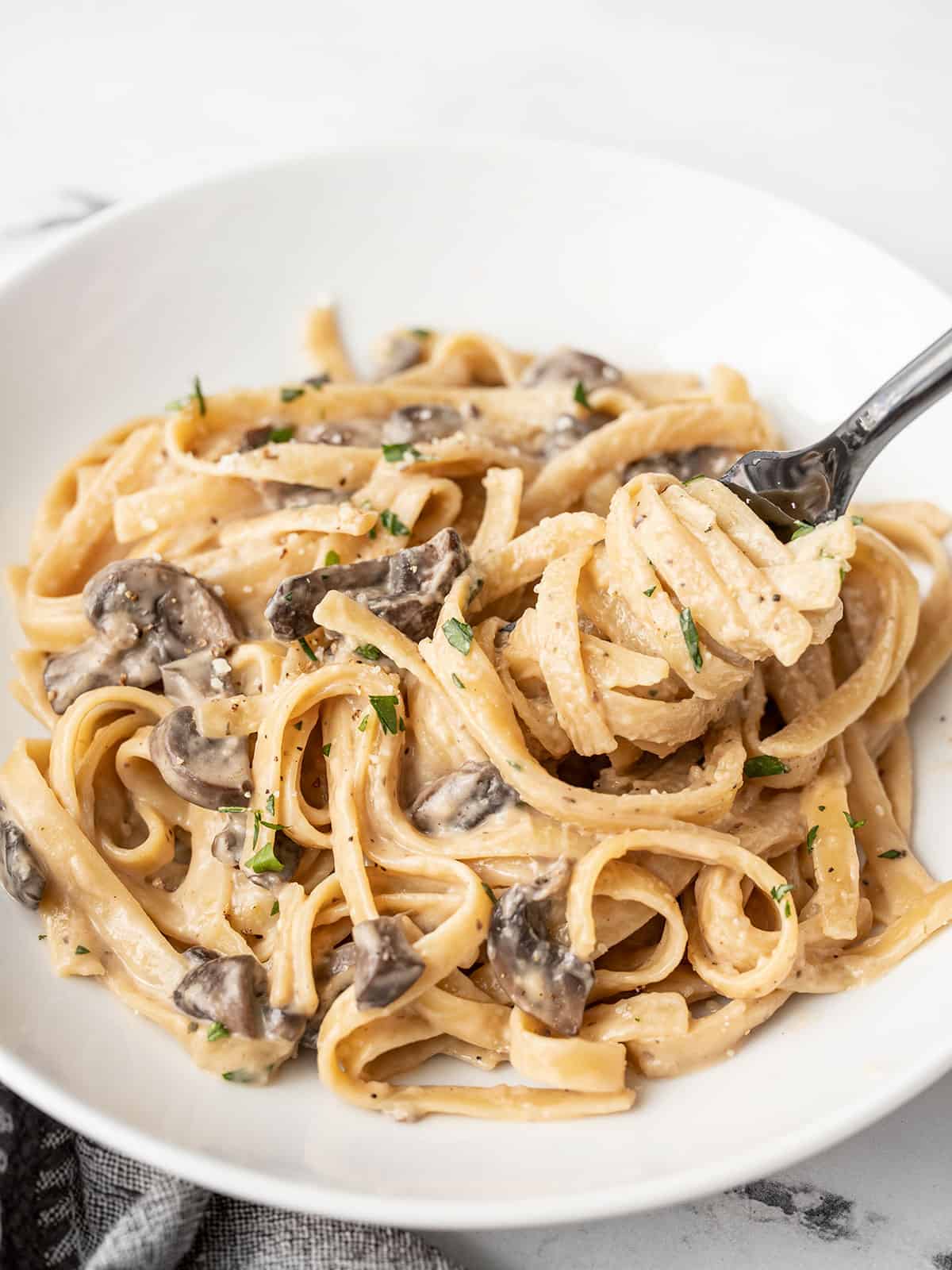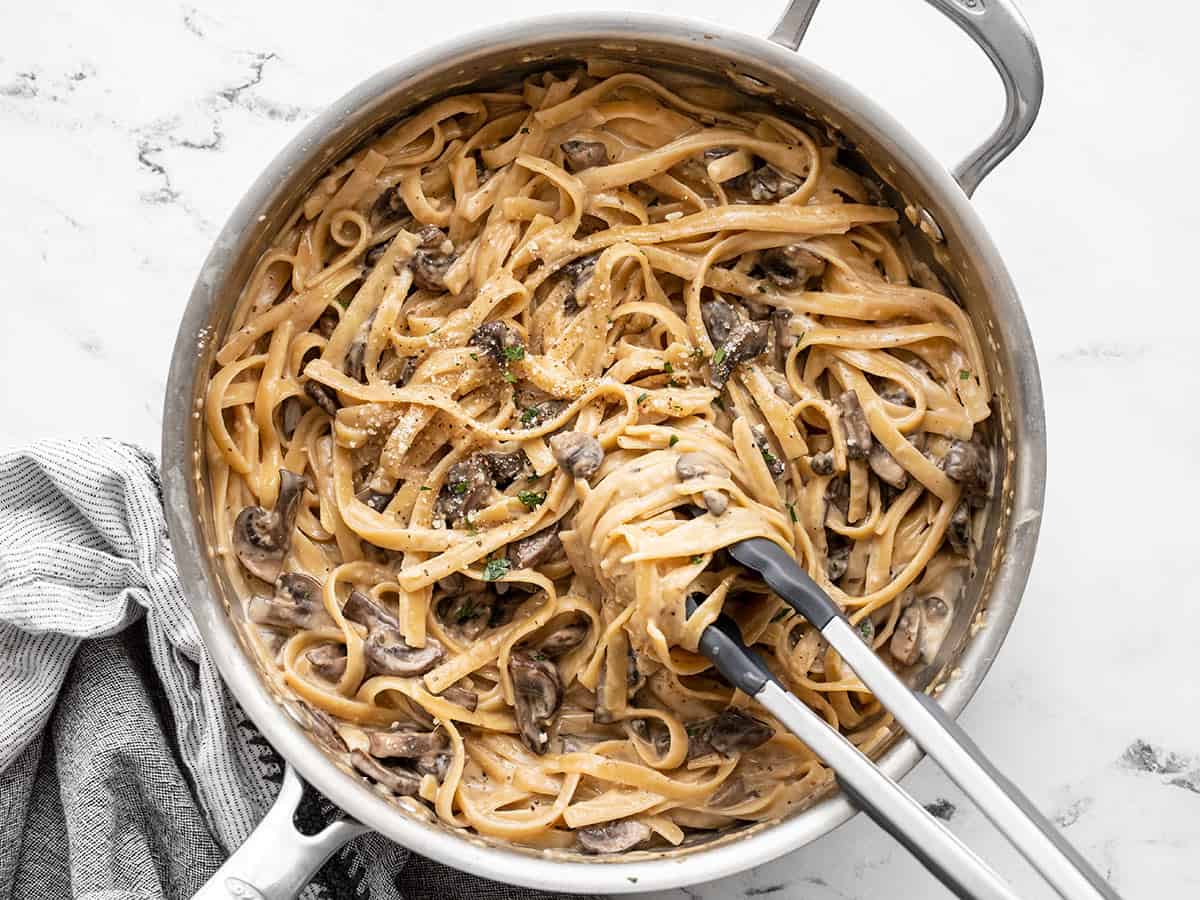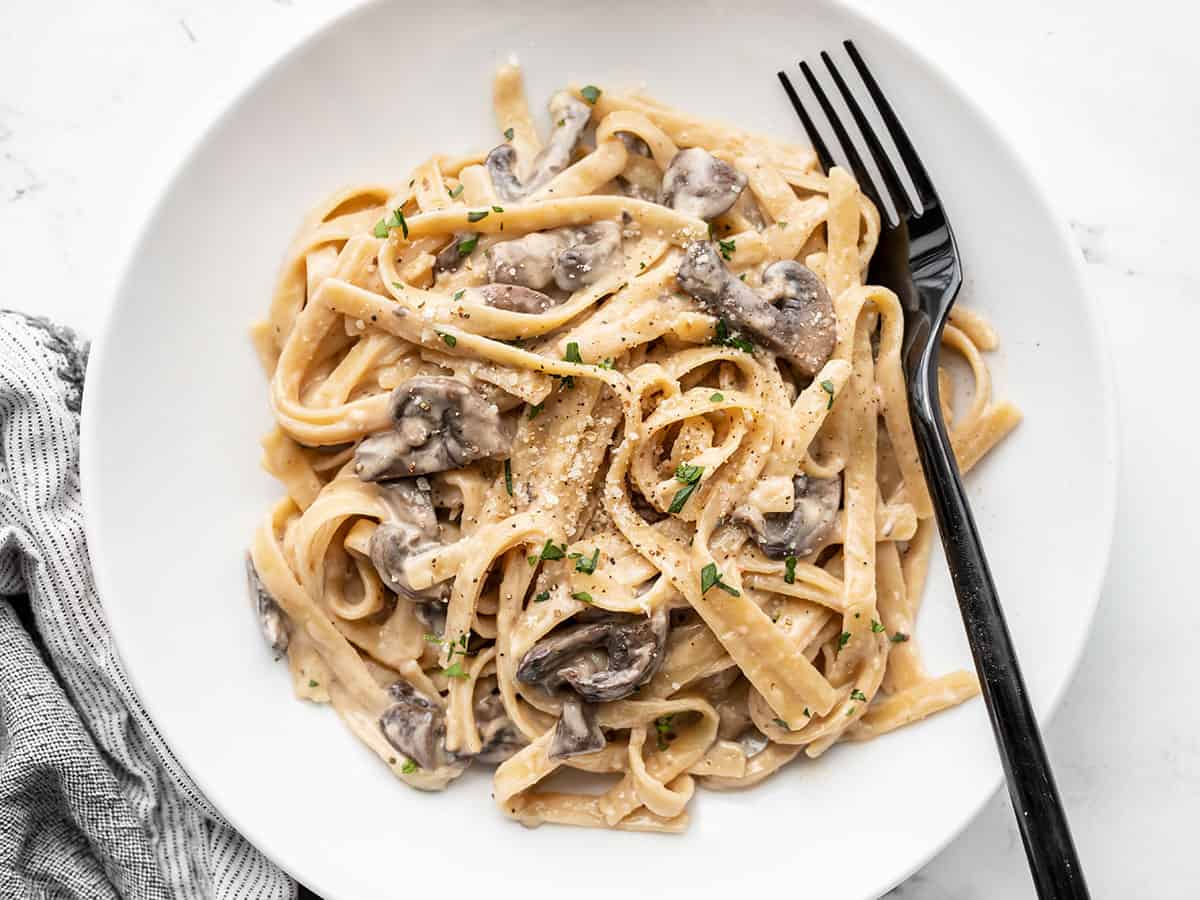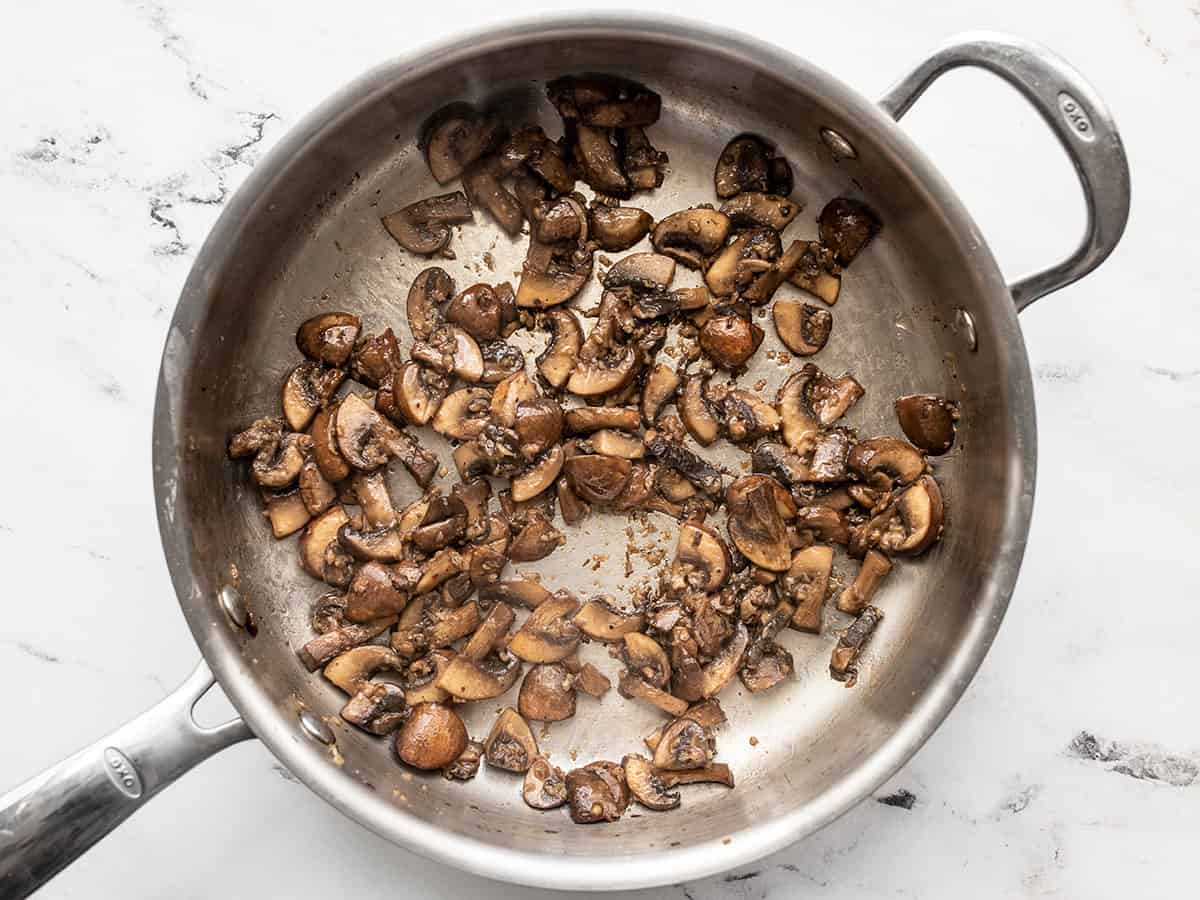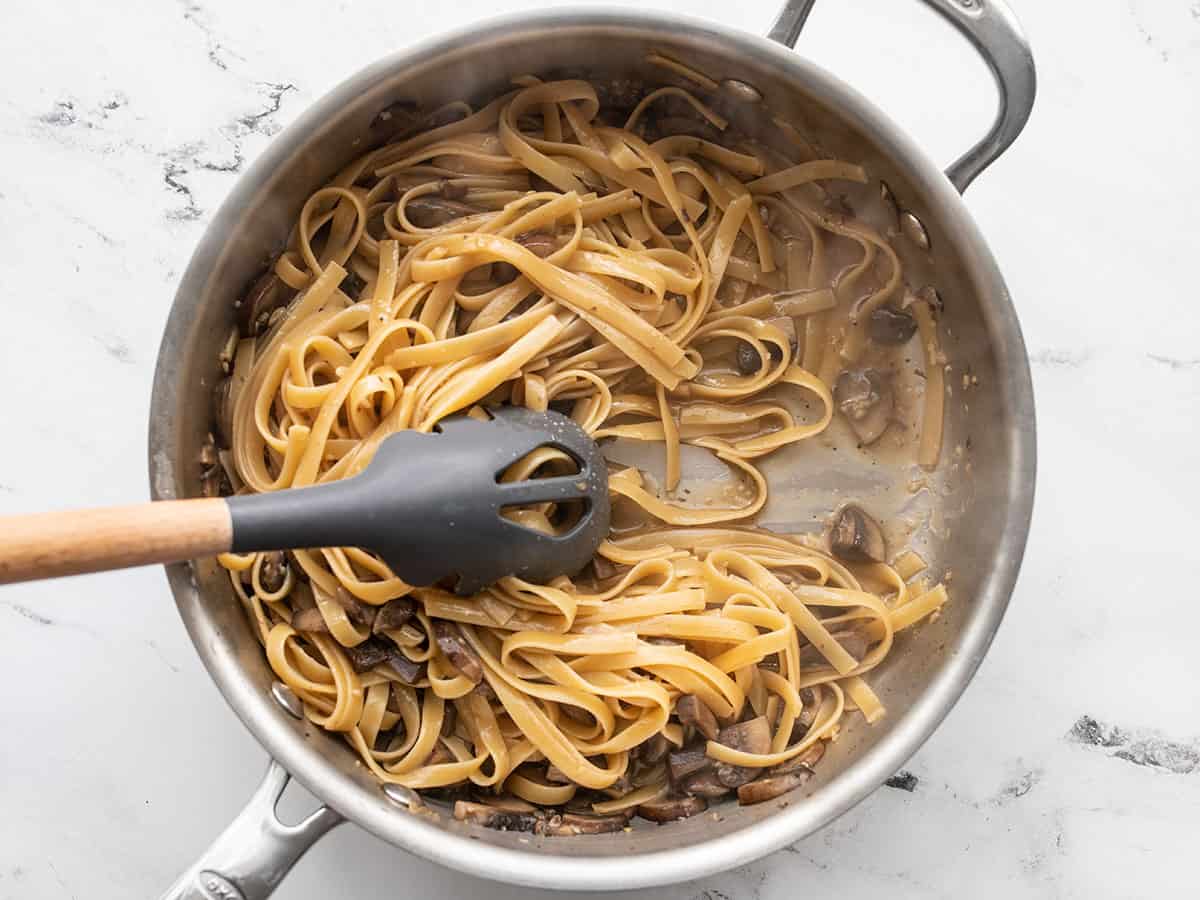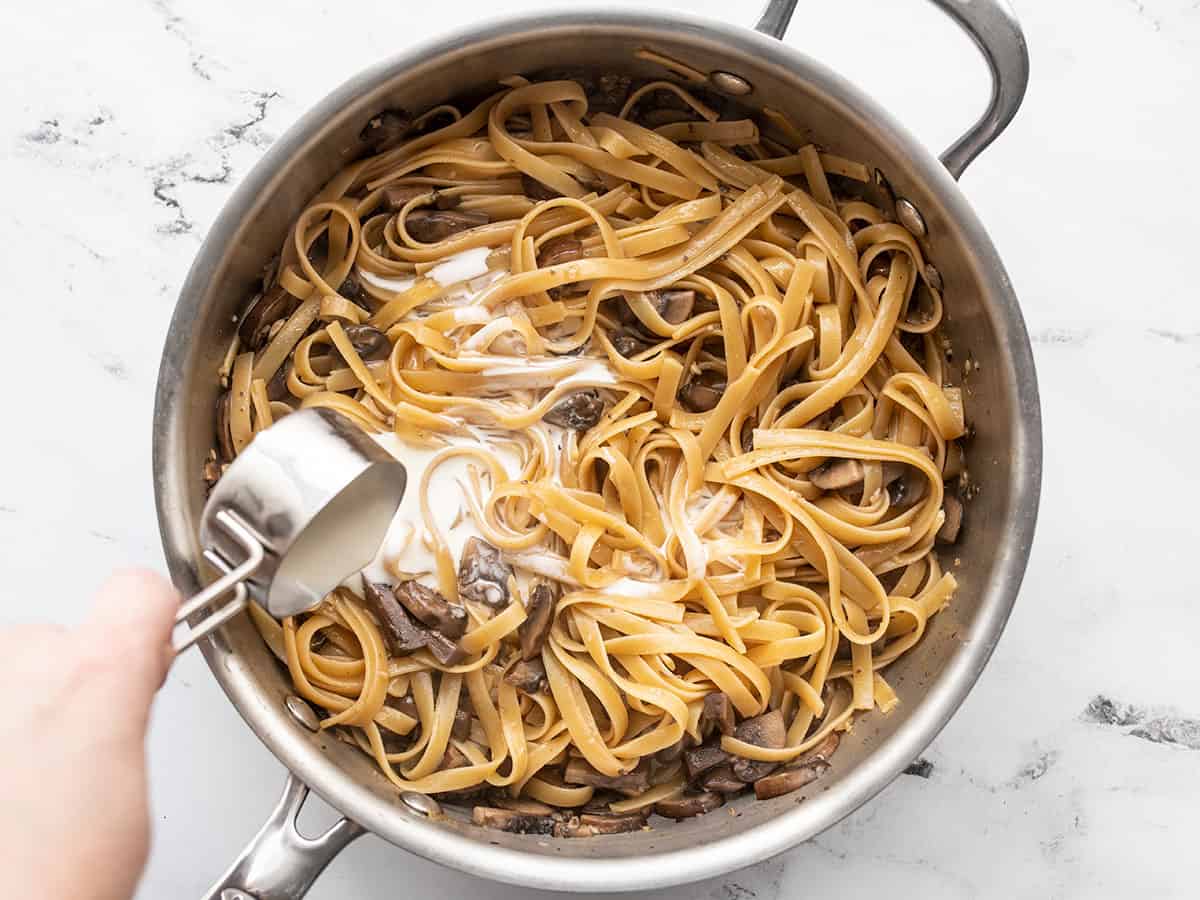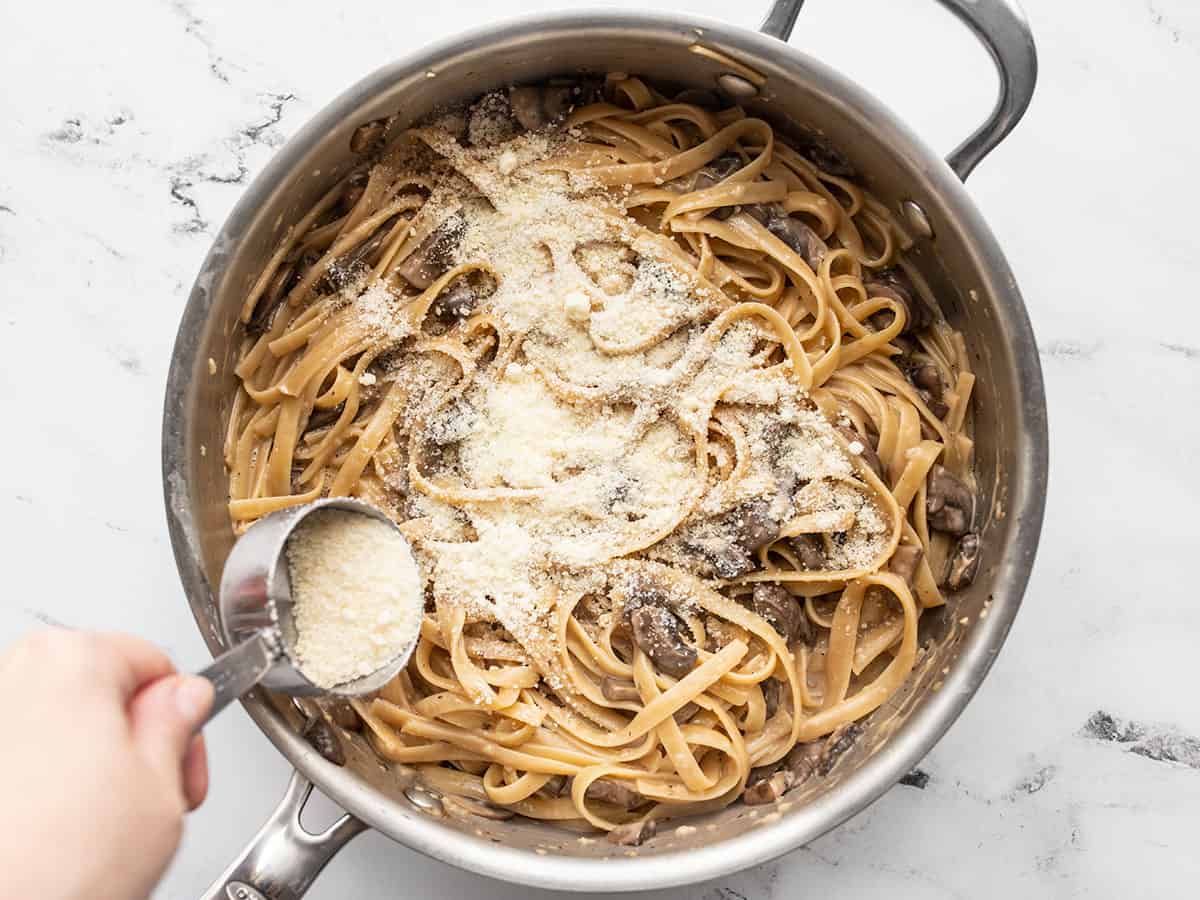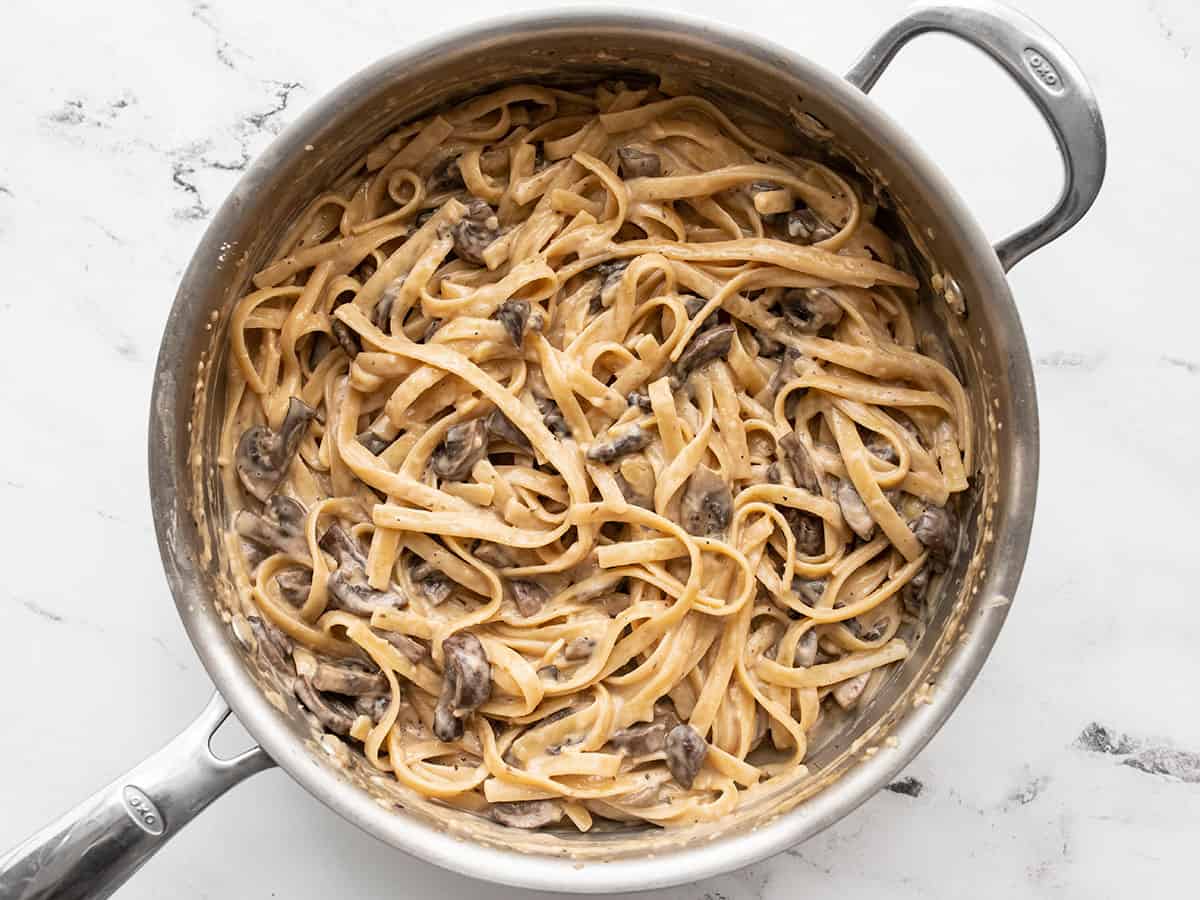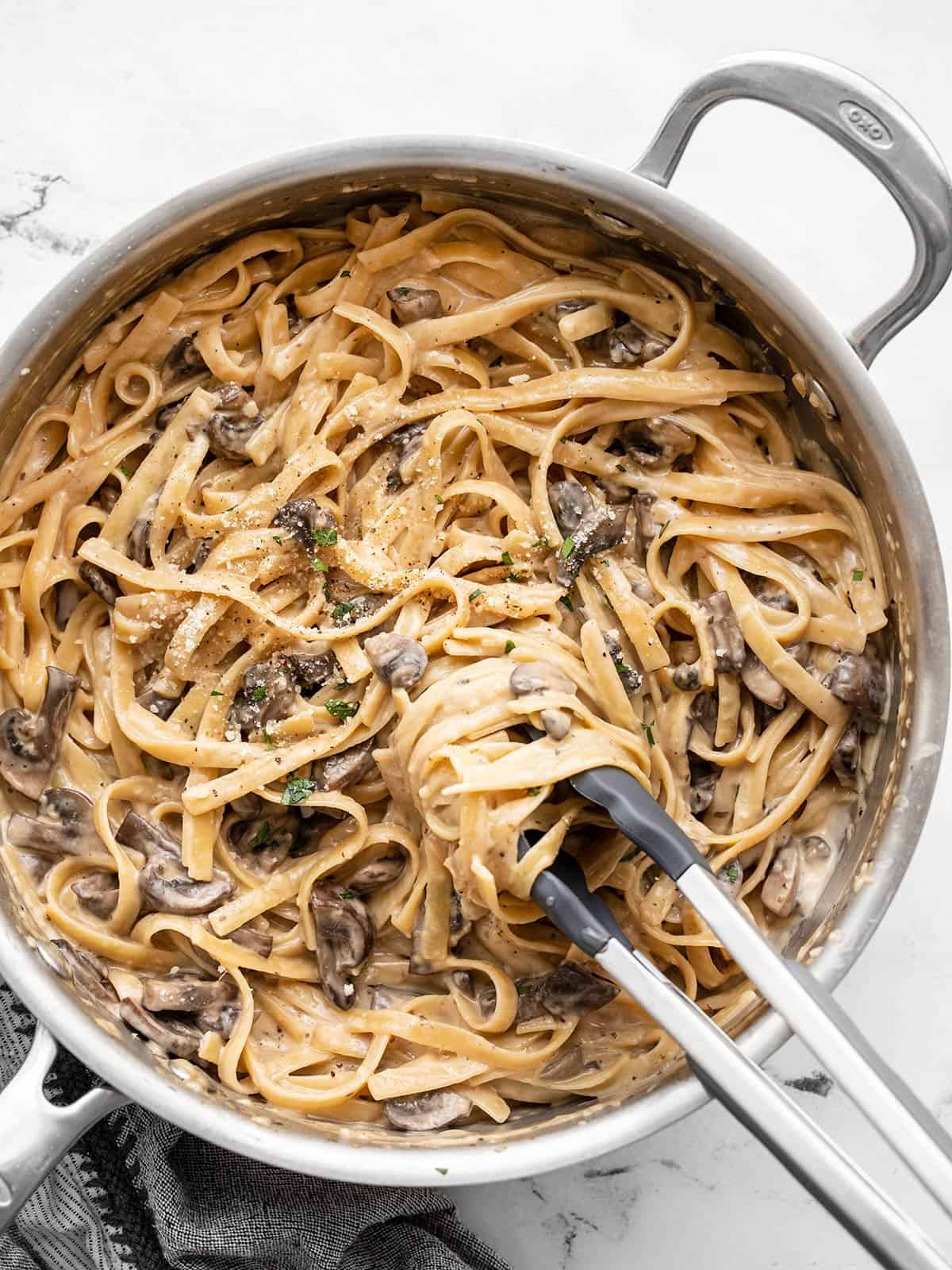Editor’s Note: Find all of The Atlantic’s “Best of 2021” coverage here.
Updated at 6:35 p.m. ET on December 30, 2021
We take podcast ranking seriously. Our process starts with a search. We seek shows anywhere we can find them—sometimes hearing about them directly from producers, other times from a friend of a friend’s mother’s uncle, or sometimes through our own secret methods of rooting out gems. Then we dig in. (Of course, with more than a million podcasts in existence, our extensive listening still makes only a tiny dent.) To track our impressions, we make a spreadsheet with legends, drop-down menus, color codes, formulas, and notes on the thousands of podcasts that we’ve discovered over the past decade. From there, each and every slot is labored over and debated.
This is our seventh list commemorating the year’s best podcasts, and deciding what makes the cut has only gotten harder each time. Ours is, as far as we know, the longest-running of the robust roundups, and we’ve been reviewing the medium longer than virtually any other critic in the space. The requisites for inclusion on our list have evolved over time, and now we only consider new shows or shows that have a new focus. We’ve decided to eliminate anything that sounds like it’s always sounded, too. True-crime shows and in-depth looks at government snafus remain available in droves, but we sought series that transcended their genre conventions. As always, we’ve also recused ourselves from selecting The Atlantic’s podcasts.
This year, makers played with structure in fresh ways, flirting with form and cadence. As the pandemic wore on and limited field reporting, archival tape became central to narratives. Memoirs also shone, allowing homebound producers to shout into the void. In other series, our houses themselves—and the attendant challenges around gentrification and homelessness—were the story. Some shows were hornier than ever before; others sharply connected sex to gendered power dynamics. Others drew parallels between the pandemic and the AIDS crisis or the aftermath of 9/11. Producers zeroed in on terrorism—both domestic and abroad—searching for patterns and reaching for hindsight.
The 50 shows on this list outdid their competitors in both ambition and success. They pushed the form, helped us metabolize the world around us (or escape from it), and embodied the spirit of 2021. (And a special shoutout to Dan Taberski, the first host to ever earn two of our top-five spots.)
Knowing that Toxic: The Britney Spears Story has a happy ending isn’t a spoiler. Instead, awareness of Spears’s recent triumph gives a hopeful sheen to the work by the two women who popularized the #FreeBritney movement. Comedians Tess Barker and Babs Gray’s first podcast, Britney’s Gram, analyzed the pop star’s Instagram feed. But when Spears stopped posting, they started researching and showing up to her hearings. Tips explaining her silence came in and checked out: She’d been forced into a mental-health facility. The women eventually gained a massive following. Fueled by their Britney fandom and by Barker’s research chops, Toxic takes a look at Spears’s first and second marriages, her infamous 2007 public persona, and the absurdity of the media’s reaction to her shaved head. But Toxic isn’t just about Spears. It’s also a call to arms for people with disabilities; a story about power, sexism, and isolation; and a reflection on who has the right to make bad decisions.
Gateway Episode: “Toxic”
The new season of Dish City is a comprehensive study of the ballooning pandemic food-delivery marketplace. Once made up almost exclusively of pizza and General Tso’s chicken ordered over a landline, the landscape is now technologically sophisticated and morally complex. The show covers both the pleasure of eating and the exploitation of gig workers by big tech companies. Early episodes trace the origins of American Chinese food and Big Pizza, featuring anecdotes about portable pizza warmers and the jump in the popularity of Chinese restaurants after President Richard Nixon visited the country in the 1970s. Later, the hosts, Ruth Tam and Patrick Fort, pull listeners into the 21st century by documenting the rise of DoorDash—and the toll its business model exacts on many restaurateurs and delivery workers. Dish City pores over the logistics of food delivery, debates the meaning of takeout, sends its hosts out to work as drivers, and asks why the billionaire founder of DoorDash started the business; Tam and Fort are desperate to find a real solution to a broken system.
Gateway Episode: “Why Is Delivery a Thing?”
Strangeland is a true-crime show that involves some familiar threads: evidence gathering, suspect lineup, investigation critique. But hosts Sharon Choi and Ben Adair avoid the predictable, turning the show into a thoughtful meditation on race, culture, and immigration. In 2003, in Los Angeles’s Koreatown, a woman named Chi Hyon Song, her 2-year-old son, and her nanny, Eun Sik Min, were murdered. Though someone was convicted of the triple homicide, the show casts doubts on that verdict. Choi, who is Korean American, translates and provides cultural context about how Koreans tend to view obligations to family, to neighbors, and to strangers. Strangeland is a brilliant example of how true crime can contain surprising depth.
Gateway Episode: “The Miracle Mile Massacre”
Host Justin Ling opens the portal to right-wing radio in The Flamethrowers. The tape he plays is heinous—racist, sexist, xenophobic, anti-Semitic—and he argues that such rhetoric can incite actual violence, pointing to incidents such as the Oklahoma City bombing and the Capitol insurrection. Alex Jones–type talking heads are usually seen as far-right cranks, but Ling sharply reframes them as manufacturers of rage. He addresses their coverage of events such as Hurricane Katrina (where he perhaps doesn’t blame mainstream media enough for their own reporting failures), the “birther” movement, and Trump’s wall and election. In some particularly telling segments, he splices Trump’s speeches with clips from Michael Savage’s and other host’s shows, showing how they use conspicuously similar language. The final episode takes on right-wing-radio coverage of COVID-19—both the expected anti-vax sentiment and the saddening story of how those sentiments contributed to the death of Phil Valentine, one of four prominent conservative radio hosts to die from the disease.
Gateway Episode: “The Father of Hate Radio”
Keegan-Michael Key’s podcast is a one-person show that flexes all of the actor’s entertainment muscles and offers a comprehensive lesson on the history of comedy, starting with ancient Greek scatological humor. He recites Monty Python’s “Argument Clinic,” taking on the role of every character, narrating the scene, and cracking up at the punch line. He exuberantly breaks down “Black Jeopardy” from SNL and the Rick James bits from Chappelle’s Show. In other episodes he tackles medieval humor, vaudeville, his meet-cute with Jordan Peele, and farcical films, such as Kentucky Fried Movie, with the same megawatt energy. Key’s knowledge of comedy is sophisticated, but his love of the form is pure enough to be almost childlike.
Gateway Episode: “I’m Gonna Get Medieval on Ya”
Brian Raftery grew up admiring the film critics Roger Ebert and Gene Siskel. Gene and Roger is his love letter to them and to the big screen. The two critics wrote for competing newspapers in Chicago and liked nothing more than to show the other one up. The podcast’s archival recordings illustrate their rivalry in action. Tape shows Siskel trying to persuade Meryl Streep to give him details on her next project, for example. Conflict bled into on-camera arguments for the TV show they co-hosted, too, such as when Ebert defended Apocalypse Now after Siskel dismissed it. Yet, as the two men grew professionally, they eventually began to see each other as partners; Ebert even took the Chicago Tribune to task on Letterman after the publication stripped Siskel of his critic’s title. Despite all the bickering, the money, and the fame, the magic of movies kept the pair together. That same sense of wonder motivates this heartful ode to Hollywood and two of its biggest champions.
Gateway Episode: “I Must Destroy Him”
This cheeky homage to telenovelas has a simple enough premise: Gloria Calderón and María del Carmen are twins separated at birth. Gloria was raised by one of the richest families in South Beach, and the local gossip outlets follow her every move. Everyone wants to be her, even though she’s a snob and a brat. María, meanwhile, grew up in a convent and is generous and kind and completely unaware of this famous family. The drama kicks off when María happens to witness Gloria’s death in a boating accident—and everyone mistakes María for Gloria. Gloria’s ghost becomes an omniscient Gossip Girl–esque narrator from beyond the grave, responding to María, who can’t hear her, as we learn that their parents aren’t who they seem to be. Princess of South Beach is a classic soap opera, only breaking from traditional form when it winks at the listener about how ridiculous each new twist is.
Gateway Episode: “The Accident”
Google Ray Suarez and his extensive broadcast résumé will pop up: an Al Jazeera America host, a PBS NewsHour anchor, and the voice of NPR’s Talk of the Nation. And yet, when Al Jazeera shut down in 2016, Suarez, 59 at the time, couldn’t find work. He applied for positions and was beat out by people who were less experienced and younger than him. In this excellent new show, made in partnership with The Nation, Latino USA, and the Economic Hardship Reporting Project, he zeroes in on surprising stories of financial struggle. Some are from people rather like him who never thought they’d face poverty, such as a source who had studied to be a professor but was forced to take a job at a grocery store during the pandemic. Others share surprising accounts of the devastating side effects of financial instability. Suarez speaks to one person who experienced psychosis and trauma brought on by lack of sleep due to the conditions of being unhoused. But Suarez doesn’t just highlight hardships; he focuses on concrete solutions too. The show’s unexpected buoyancy allows listeners to engage instead of turning away from the people who are so often pushed to the margins.
Gateway Episode: “Lori Yearwood: Sleepless on the Streets”
Filled with the type of misadventures that one might talk about over drinks, Storytime With Seth Rogen is hell-bent on having a good time. In the brilliant first episode, “Glorious Basterds,” Quinta Brunson describes bumping into Paul Rudd in a movie theater while on a date. But the night takes a turn when her date doesn’t know who the actor is, and she realizes that she doesn’t want to settle down with him or settle for a life that doesn’t fit her. After hearing this, Rogan calls Rudd to confirm details. (Rudd has no recollection of their conversation.) Later in the series, Paul Scheer shares how he discovered hell and his lactose intolerance in a Disney World hotel, and the scene devolves into a free-for-all of bodily fluids. As Rogen interviews each guest, he meanders toward whatever gives him joy, firing up movie clips, cheesy riffs, and piano interludes. The podcast is as fun to listen to as it seems to have been to make.
Gateway Episode: “Hey Me!”
The Tejano-music star Selena Quintanilla transcended cultures. She was at peace with her Spanglish, even in Mexico, and embraced Mexican, Mexican American, Tejano, and R&B influences in her work. Her magic was rooted not just in her supreme talent, but also in her inclusive appeal to people who struggle with their identity. Maria Garcia, the host of Anything for Selena and a fan of the singer, knows this personally. Garcia was born in Ciudad Juárez, Mexico, but grew up in El Paso, Texas, and struggled to find places where she belonged—she wasn’t Mexican to some and not American enough for others. In one genius episode, Garcia, who was herself seen as curvy, connects Selena’s body in an era dominated by thinness to Jennifer Lopez’s superstar turn in the biopic Selena, contending that both singers paved the way for changing attitudes toward body image. Anything for Selena succeeds as biography, but it excels as a blend of memoir and profile, threading in Garcia’s story too.
Gateway Episode: “Selena and Me”
In 2010, the reporter Thomas Hargrove created an algorithm to identify serial killers by pinpointing clusters of similar murders. After he detected an above-average number of strangulations near Gary, Indiana, local police ignored him. But four years later, a woman named Afrikka Hardy was murdered in the area—and the ensuing investigation seemed to confirm the pattern that Hargrove had noticed. Along with the show’s host and producer, Ben Kuebrich, Hargrove analyzes hours of taped interviews with the killer, who pled guilty to the murders of seven women, and scrutinizes the algorithm’s limitations, hoping that smart people will hear about it and refine it. The show casts a new light on how authorities can use homicide statisistics, and it feels especially relevant given that the U.S. murder rate rose 30 percent from 2019 to 2020—the steepest single-year increase in more than a century.
Gateway Episode: “Afrikka Didn’t Need to Die”
This feel-good series kicks off with a brazen declaration from host Dan Pashman: Spaghetti sucks. It doesn’t score well on his three-point pasta matrix: fork-ability (how easy it is to fork), sauce-ability (how much sauce it can hold), and tooth-sink-ability (how satisfying it is to chew). After tasting all the pasta shapes he can find, he decides that he’s not happy enough with any of them—so he sets out to invent something new. The experts he speaks with tell him that he shouldn’t proceed: Creating an original shape will cost too much, and no pasta brand wants to try selling an unfamiliar product. Only one person in the country makes pasta molds. These obstacles only add to the fun, because Pashman goes for it anyway. The exercise lasts for three years, puts pressure on his marriage and bank account, and runs into supply-chain issues. But for the listener, the show is full of surprise and delight.
Gateway Episode: “Mission: Impastable 1: Spaghetti Sucks”
“Suave” is the nickname of David Luis Gonzalez, a man who was sentenced to life in prison in 1988, at age 17. Gonzalez was released when he was nearly 50, after a Supreme Court case opened the door for people sentenced to life without parole as minors to have their convictions overturned; his story is a case study in how a person can be churned through the criminal-justice system and then spit back out with little support. The show is about the deep injustice of mass incarceration in America, but that unwieldy topic comes to life in the rapport between Gonzalez and the journalist Maria Hinojosa, who has emotionally supported him for much of his time behind bars. Along with host Maggie Freleng, Hinojosa asks the right questions of case workers and parole boards. She’s never afraid to challenge Gonzalez: not about his role in the murder that first sent him to prison, nor about allegations that he assaulted his wife after being set free. (Gonzalez has denied his wife’s accusations, and the case was ultimately thrown out.) Suave touches every point in Gonzalez’s life, cradle to present day—and each of the many institutions and people that let him down.
Gateway Episode: “The Sentence”
Host Ian Coss is having an existential crisis: He wants to know what makes a marriage last, given that every living member of his family who has ever been married has also been divorced at least once. In an effort to find answers, he sets out to speak with his relatives; they walk him through his anxieties by examining their own marriages, and the result is highly personal and remarkably wise. Coss also consults his wife, who draws out the fear he really wants to confront: that there is no way to know ahead of time whether a relationship will survive. Those conversations lead him to profound conclusions about trusting himself—and his partner—in order to pursue a life that they truly want.
Gateway Episode: “Part 1: My Parents, Ellen and Tom”
Smoke Screen: The Sellout grapples with some of the typical quagmires of gentrification—rising rents, complaints about affordable housing from affluent neighbors, questions about who belongs—but it also describes how one community tried to fight it. In Boyle Heights, Los Angeles, Councilperson José Huizar has been accused of taking bribes from developers. (Huizar has denied these claims repeatedly; he pled not guilty to the suit brought against him, and his lawyers are arguing for many of the charges to be dismissed on the grounds that payouts to Huizar were gifts, not bribes.) Meanwhile, his constituents say that they are being displaced and sickened by a factory that polluted the area with lead dust. (Huizar didn’t respond to Smoke Screen’s allegations about his inadequate action to protect his constituents from the plant, which did eventually close.) Smoke Screen makes clear that while Huizar is insignificant in the grand scheme of Los Angeles politics, his actions have a real effect on who gets to live in Boyle Heights. The show posits that local-level reform holds the greatest hope for change—and that thesis is beautifully wrought by host Mariah Castañeda, who grew up running on a track by the very factory she now reports on.
Gateway Episode: “Episode 1: The Gem of Boyle Heights”
This special season of Making Gay History opens in 1981, during the early days of the AIDS epidemic. It is both a retrospective on a dark national moment and a haunted memoir of host Eric Marcus’s own life in New York: He recalls reading the New York Times headline “Rare Cancer Seen in 41 Homosexuals,” one of the first reports of HIV to reach a general audience, and looking at obituaries daily to tally the dead. The show draws striking parallels between AIDS and COVID-19—including early dismissal from the White House and confusion about how human contact might result in infection. Listeners should use Making Gay History as a guidebook for navigating a pandemic with our principles intact.
Gateway Episode: “Chapter 1: Buried Headline”
In 1980, the New York City artist Allan Bridge created the audio art project Apology, a voicemail box in which people could anonymously atone for their wrongdoing. Thousands of people called in. One woman said she was sorry for being white and rich. Someone else confessed his guilt for making his lover’s life so difficult. Bridge carried out the project for the rest of his life, exhibiting the submissions at showcases and for friends. But his work took a turn when a man called in to apologize for killing someone. Allan’s wife, Marissa Bridge, resurfaces these tapes. She reveals what this project did to Allan and their relationship, consuming him and putting them both in danger. The Apology Line is at once true crime, romance, and a story about what happens when life becomes art.
Gateway Episode: “Who’s Sorry Now?”
Not Past It revisits moments from the past 1,000-odd years and looks at how they shaped society. But they’re not the events that you’d learn about in a typical history course: Host Simone Polanen zeroes in on points of upheaval in creativity, identity, and politics, revealing the surprising significance of quirky subjects—the birth of the emoji, for instance, or Houdini’s greatest escape. The trajectory of each story is unexpected too; an episode about the Spanish–American War, for instance, starts with a reflection on American imperialism and Big Sugar and ends with Polanen musing on the sex positivity of the brown and green animated M&Ms, every bit of the journey in perfect order. Some installments are lighthearted, such as one on the economics of Beanie Babies, and some are dark, such as one on oil pollution in Nigeria. Some are both, like an episode about the Nazi occupation of Norway that ends with the formation of ABBA. Polanen understands that old headlines contain myths, and she investigates carefully; the result is a show that makes an excellent argument for letting go of our assumptions about the past.
Gateway Episode: “Nazi Battle to Pop Musical?”
Comedian Mariah Smith puts on her tweed jacket and leads a rollicking reality-television seminar on Spectacle. She considers how the first season of The Real World sparked early discussions about white fragility, how Queer Eye allowed gay men to boss straight men around, and how The Bachelorette became a platform for slut-shaming by contestants and fans alike. Some great podcasts pull you into topics that you didn’t know existed; Spectacle takes a popular subject and deepens our understanding of it.
Gateway Episode: “How Survivor Revealed America’s Tribalism”
Several days before Gerald Cotten died unexpectedly at age 30 due to complications from Crohn’s disease, he filed his will—a move that some believe was calculated but others are certain was a coincidence. Exit Scam is an account of the real-life saga that unfolded after the news of his death broke in 2019. As the founder and CEO of Quadriga, which was then Canada’s largest bitcoin exchange, Cotten oversaw a lot of money. But after his death, no one had the password to recover the company’s roughly 200 million Canadian dollars in deposits. The show’s host, Aaron Lammer, knows the lingo of the crypto world, explaining why you can’t recover a bitcoin password and what a “dead man’s switch” is. As the narrative escalates into conspiracy theories, Lammer guides listeners through each twist, working to answer one central question: Did Cotten fake his own death?
Gateway Episode: “The Lost Password”
With Avery Trufelman leading the way, everyday items become objects of fascination. Early episodes of Nice Try! delve into the history of the vacuum cleaner (an episode that includes a critique of Dysons) and the Crock-pot (one is even on display at the Smithsonian). Trufelman then examines weights, describing the now-antiquated fear that pumping iron might lead to muscles so intense that they would immobilize you. A later installment, on the mattress, features both a lesson on Thomas Edison’s sleeping habits and shopping tips from Wirecutter writer Joanne Chen. Trufelman (who has also worked on The Cut Podcast and 99% Invisible) litters each episode with enough factoids to make every listen feel like a trip to Ripley’s Believe It or Not—even though she’s talking about subjects as mundane as a doorbell.
Gateway Episode: “The Doorbell”
In the newest season of Fiasco, host Leon Neyfakh stitches together firsthand testimony of the September 11, 2012, attack on the U.S. diplomatic and intelligence facilities in Benghazi that left four Americans dead, including Ambassador J. Christopher Stevens. The episode “Barefoot” is a raw and persuasive standout, offering a bullet-by-bullet account of the day. The details are horrifying—to escape, survivors had to crawl on the floor to avoid inhaling thick black smoke. The show also zooms out, considering events that led to the fall of Libyan dictator Muammar Qaddafi, and the Benghazi attack’s repercussions for Hillary Clinton’s failed 2016 presidential campaign. Listeners likely won’t want to hear about her emails for the umpteenth time, but Fiasco promises fresh insight. The podcast goes into the weeds of the Beltway propaganda machine to expose how a scandal is manufactured.
Gateway Episode: “The Dictator”
Caveh Zahedi publishes one episode of this podcast every day, each averaging a mere two to three minutes. The sound is spare and confessional—besides a brief piano intro, his voice is the only thing you’ll hear—but he fills the silence with psychologically complex ideas about isolation, sex, art, and failure. Admittedly, he’s a complicated host: He concedes that he may have sabotaged his own career by being rude to producers (a major opportunity dried up after a disagreement with Ken Burns), but he doesn’t seem aware that he’s objectifying women when he talks about their looks on the show. Still, his arrogance and vulnerability make for captivating audio. It’s rare to occupy someone else’s head this fully, to go through their entire flawed life, one cringe-filled-but-compelling minute at a time.
Gateway Episode: “Lucia Joyce”
One Olympic gymnast falling when competing on the vault is normal. But during the 2000 Sydney women’s all-arounds, eight fell in just the first half of the competition. The vault wasn’t set to the correct height, which put the athletes at risk of serious injury and cost some of them lifelong medaling dreams. When officials found out about the error, they offered redos, but the damage for many was already done. (When interviewed for the podcast, most former officials stood by the way the issue had been handled at the time; the Olympics later implemented new safety measures.) The show’s host, Ari Saperstein, is one of the first people to talk to the competitors and their coaches about what should have happened after this error. The follow-up episodes about the Tokyo games, unfortunately, may not assuage the listener’s concerns. Blind Landing takes its time to show how a few centimeters can change everything.
Gateway Episode: “The Vault: Part One”
Southlake, a Texas city outside of Dallas, was known as a melting pot with an excellent school district and neighborly people. Then a video surfaced of a group of local white kids shouting the N-word at a party. Those in the video were barely disciplined, but after it came out, parents of Black students began to push for institutional change. The hosts, NBC journalists Mike Hixenbaugh and Antonia Hylton, tracked the fallout as the community became the epicenter of the critical-race-theory debate. Recordings of heated school-board meetings and secret tapes of students’ meetings with the principal show how consistent failures stoked racial discord. When seats on both the city council and the local school board opened up, the bitter campaigns to fill them grabbed the attention of conservative talking heads and, eventually, Tucker Carlson. Southlake exposes how racial divides crack open into fissures that seem impossible to mend.
Gateway Episode: “Home of the Dragons”
When the fashion designer Liz Lange was a little girl, she wrote stories about a family who had just enough to get by. She called them the “just-enough family.” Of course, she herself grew up with much more than just enough—her uncle is Saul Steinberg, the businessman and self-made billionaire who eventually lost it all. For this podcast, the New Yorker writer Ariel Levy gets many of the family members involved to explore the dynamics of their relationships and the causes of their downfall. They seem to agree about certain key facts: Liz was closer to her father than her sister was; her mother was a shopaholic; her father was living a double life. But they diverge in their opinions about the root causes of their eventual decline. The show is both a lurid glimpse at the rise and fall of one of America’s once-richest families and a healthy example of something like group therapy.
Gateway Episode: “Perestroika”
Each episode of Wild feels like a late-night hang with the writer Erick Galindo and his guest. As they discuss what the pandemic has done to their lives, the show moves easily among genres—memoir, comedy, romance—and between scripted and unscripted segments, keeping listeners on their toes. Galindo interviews the podcast’s producer, Megan Tan, about her online-dating life, discussing the weirdness of COVID testing before a make-out session; children and teenagers hash out what it means to attend school without being there in person; and the comedian Chris Garcia reflects on the difficult memories that lockdown—and his daughter’s birth—dug up. Wild is a beautiful audio scrapbook inspired by isolation.
Gateway Episode: “How Do I Love Someone? Starring Megan Tan”
A story about artistry, identity, and freedom, The Messenger chronicles the rise of an unlikely challenger to Uganda’s autocratic president, Yoweri Museveni: the pop star turned activist Bobi Wine. Wine starts out as a playboy, but during the course of the show he confronts his wealth and fame as a singer from a country that was colonized by the British Empire and is now run by a strongman. By the end, he emerges as a politically enlightened leader. He advocates for transparency and democracy, is allegedly imprisoned and tortured, but still does not back down. The Sudanese American rapper Bas tells Wine’s story with care, chipping in a theme song that, along with Wine’s music and some excellent sound design, reminds the audience that creative expression can lead to revolution. The Messenger is about superhuman courage against oppressors, new and old, and how those who seek justice anywhere advocate for it everywhere.
Gateway Episode: “Freedom”
Host Max Linsky’s 70 Over 70 winks at two genres: the 30-under-30 list and the talk show. Each episode features a discussion with someone older than the age of 70. The questions—about running out of time, about what love looks like when you’re in a wheelchair—yield charming and often-bittersweet insights. The guests are impressive: Madeleine Albright, André De Shields, and Dan Rather, to name a few. Some pop with vitality. Diana Nyad hasn’t stopped working; in her words, she’s in her prime. Others, such as the former lawmaker Barney Frank, admit that they’ve lost their vigor. (What he wants his epitaph to read is telling: “The gentleman’s time has expired.”) The wistful prologue with Linsky’s father—who used to feel despondent about aging but is now glowing about life—exemplifies the soul of 70 Over 70, a profound and delightfully original piece of art.
Gateway Episode: “The Balcony and the Dance Floor”
When Ryan Thorpe, a reporter for the Winnipeg Free Press, saw posters in his neighborhood inviting people to join the Base—a white-supremacist group agitating for the violent collapse of government—he could have written a quick story about it and called it a day. Instead, he infiltrated the group. Host Michelle Shephard and Thorpe discuss his experience, along with the surreal bureaucracy of extremist organizations. The show takes some unexpected turns; we don’t want to spoil anything, but we can tell you that it clarifies why talking to your children—who seem to be a target demographic for neo-Nazi recruiters—about hate is so important.
Gateway Episode: “Save Your Race, Join the Base”
Odessa is the Texas city that inspired Friday Night Lights, the site of the most productive oil field in the world, and one of the first areas in the country to reopen schools for in-person instruction—a choice that felt necessary to administrators because of the district’s low level of educational attainment. This podcast follows the first six months after the city’s high school went back for in-person classes. Inspirational teachers help students connect, and the hope of hearing the award-winning Odessa High School marching band play holds everyone together. But the school nurses are anxious, trying to contain the eventual COVID-19 outbreak and bearing the brunt of parents’ frustrations. As one teacher says, she hopes that students are able to see past this moment—good advice not just for the Odessa community, but for the whole world.
Gateway Episode: “Part 1: The School Year Begins”
Hot White Heist, a fictional comedy starring Bowen Yang, kicks off with a preposterously funny James Bond–esque song and continues at warp speed until the final scene. In the show, a short-on-cash commune hires a gang of bored New Yorkers to steal the frozen sperm of some of America’s famous Ronald Reagan–type men to sell to a group of mysterious Russians. The creator Adam Goldman’s script is filled with sharp dialogue and enough double entendres to keep you giggling minutes after the jokes land. Like the show itself, the all-LGBTQ cast doesn’t have a bit of filler: Cynthia Nixon, Abbi Jacobson, and Margaret Cho star, among others. Yang, in particular, is sublime as the tarot-card reader turned unlikely criminal genius Judy Fink. The characters are all ultra-competent, and their skill keeps the action zipping along. You’ll be just as engaged with the gags as you are with the plot twists.
Gateway Episode: “Let Me Tell You About the Bunker”
Meltdown, which details the 2008 financial crisis, unfurls like a Greek tragedy. It centers two people whose lives were derailed when the housing bubble burst: Lisa Epstein, a nurse who battled home foreclosures, and Neil Barofsky, a former inspector general for the Treasury Department who oversaw the release of government bailout money. Their bravery in opposition to corruption and moneyed interests illuminates this otherwise-dark tale of institutions crushing everyday people. The history here—and the way Meltdown connects it to the populism and polarization of today—is so essential that it can’t be ignored.
Gateway Episode: “The Big Heist”
La Brega immerses you in the modern history of Puerto Rico, charting the territory’s struggles with incompetent leaders, false promises, self-inflicted wounds, and mercurial United States policy. The hosts, who change frequently, never paper over the diverse viewpoints of the Puerto Ricans who populate the stories. One fascinating episode describes a wave of migration to Levittown, Puerto Rico, a planned community that has since deteriorated. Another untangles the catastrophic damage and bureaucratic hellscape that followed Hurricane Maria. The last installment of the series comes down hard on the issue of colonialism. These are serious topics, but La Brega’s love for Puerto Rico is infectious.
Gateway Episode: “Basketball Warriors”
The second season of This Land dissects a court case involving white parents who want to adopt a Navajo and Cherokee boy. At first it seems straightforward: The plaintiffs are challenging the constitutionality of the Indian Child Welfare Act (ICWA), a 1978 law that regulates the removal and home placements of children of tribal ancestry and defends Native American sovereignty. But the story becomes more complicated when the writer and host Rebecca Nagle discovers that a prominent corporate-law firm with ties to the oil industry is representing the family seeking custody. One of the major threats to tribal rights is that, often, few are looking when they are taken away. This Land works against that by following the money.
Gateway Episode: “Solomon’s Sword”
In The Improvement Association, Zoe Chace of This American Life looks at a case of suspected voter fraud in Bladen County, North Carolina, during a 2018 congressional election—the only such case in the United States that both parties agree happened, according to Chace. After evidence emerged that a group of Republicans had tampered with ballots, a new election was called, but at the State Board of Election hearing, Chace noticed that residents continued to implicate a different group: a Democratic Black-political-advocacy group, the Improvement Association PAC. Chace doubted that this group would aid in electing a Republican candidate, but to find out why residents would assert such a thing, she headed to Bladen County to research every accusation of the PAC buying votes, taking advantage of people in nursing homes, throwing out votes, breaking absentee-ballot laws, and more. As Chace takes every complaint to its furthest logical conclusion, listeners can observe how such accusations even develop—a process that is sadly edifying as “voter fraud” becomes a refrain in every presidential election.
Gateway Episode: “The Big Shadoo”
In this epic of a podcast, one of reggaeton’s founders, Ivy Queen (a.k.a. La Diva), traces the genre’s complex, vibrant history. The show begins in Panama with descendants of canal workers translating Jamaican dancehall lyrics into Spanish and goes on to spotlight reggaeton’s foundational locations, moments, and people. Loud spares no detail in chronicling how the music exploded, faded, then came back even bigger. Its influence today is undeniable: Luis Fonsi and Daddy Yankee’s “Despacito” alone has been streamed more than 7.6 billion times, and countless artists, such as Madonna and Justin Bieber, have put iconic dembow rhythms to work in modern pop. Ivy Queen is a compassionate and energetic professor, teaching listeners what they might not—but absolutely should—know about one of the most popular musical genres in the world.
Gateway Episode: “The Zone”
Radiotopia Presents is a rebrand of the now-defunct podcast Showcase From Radiotopia, which gave listeners who wanted lesser-known, independently produced shows a reliable place to find them. The first series from the rebrand, Blind Guy Travels, tries to help sighted people understand what being blind is like. Matthew Shifrin takes listeners into his world, explaining how he began writing Lego instructions in braille for blind children, what having perfect pitch is like, and how he learned to cross the street (it involves vibrations, canes, and teachers). S***hole Country, the show’s second installment, is hosted by Afia Kaakyire, the pseudonymous daughter of Ghanian immigrants who returned to Ghana from New York later in adulthood. They think that she should come too—so she takes a trip to Ghana to consider it. The irony of the show’s title is apparent as she describes a country that’s anything but. For longtime fans, Radiotopia Presents also includes some interviews with the creators of previously featured indie gems.
Gateway Episode: “Blind Guy Travels: Meet Your Guide” and “S***hole Country: Quote Unquote”
In 1921, the prosperous Greenwood neighborhood of Tulsa, Oklahoma—including a district known as “Black Wall Street”—was violently ambushed by a white mob. Blindspot: Tulsa Burning tells us that many families, Black and white, struggled to speak of the massacre after it happened; the show also attempts to fill that silence. Host KalaLea dives deep into Greenwood’s history—explaining how Native Americans who were forcibly relocated to the area ended up enslaving Black residents themselves—but then paints the flourishing culture that grew from that complicated beginning. The most emotionally difficult material is also the most vital: The trauma from racial violence, Blindspot argues, does not go to the grave with its survivors, but is handed down between generations.
Gateway Episode: “The Past Is Present”
Ezra Klein is a throwback intellectual—someone who still believes in having conversations with divergent thinkers. That attitude may seem incompatible with the polarization of America in 2021, but his show was surprisingly perfect for this turbulent year. Despite the raging culture wars and Klein’s own firmly liberal positions, many of his interviews with conservatives, such as the scholar Yuval Levin, resemble polite discussions about our country’s political fate. But the show isn’t all so serious; it also features episodes on aliens, octopuses, and the creativity of children. Klein’s tastes are eclectic, and his guest list is a who’s who of every medium imaginable: Nick Offerman in comedy, Nikole Hannah-Jones and Ta-Nehisi Coates in journalism, and George Saunders in fiction, among others. If you seek wisdom and variety or you merely want to experience the best of what 2021 had to offer, binge The Ezra Klein Show.
Gateway Episode: “How Octopuses Upend What We Know about Ourselves”
Thirty years ago, Anita Hill testified that the Supreme Court nominee Clarence Thomas had sexually harassed her. This four-part capstone recontextualizes the hearings, during which he denied the claims, and what came after. It starts in 1991 but quickly bridges the gap to today, showing how Hill’s story influenced three different women: one to speak out, one to keep quiet (until recently), and one to run for office. Then listeners are given a gift: the first public conversation between Hill and Christine Blasey Ford, the professor who accused Supreme Court Justice Brett Kavanaugh of assaulting her in high school—allegations which Kavanaugh has denied. The series concludes with a powerful interview with Tarana Burke, the founder of the #MeToo movement, who argues that, among whistleblowers, those who who’ve been sexually assaulted are held to uniquely high standards. The archival tapes of Hill’s hearing are a time capsule of disquieting sexism, but the show offers a fresh takeaway: Calling attention to abuses of power can be an act of patriotism.
Gateway Episode: “The Testimony”
For more than two years after the 2018 shooting in the Capital Gazette’s newsroom, which left five people dead, Embedded reported on what happened to the survivors. The paper’s traumatized staff worried about going back to the office, and about leaving it. Some couldn’t bear to sit with their back to the door. But the staff of the Capital Gazette kept publishing the paper, even reporting on the trial of the man who killed their colleagues. This series is a study in local reporting and a tale of a scrappy, underdog newspaper about to go under—but it’s also a window into a particular kind of violence and how people carry on after.
Gateway Episode: “Capital Gazette: ‘A Damn Paper’”
From 1982 to 1991, the late Deirdre O’Donoghue hosted the nighttime KCRW radio show Snap!, which fused live music, chat, and old-fashioned record playing. In Bent by Nature, O’Donoghue comes alive as a surrogate for anyone desperate for human connection. Her generosity of spirit, unwavering love of music, and yearning for closeness is evident in every moment of the archival tape. Her interview with Brian Wilson about the power and the pain of being alone is transcendent. She was distrustful of anyone in radio who she considered adjacent to the art, but she related to musicians on an intimate level. She knew famous musicians, such as Michael Stipe, but also highlighted under-the-radar acts. Unsurprisingly, the playlists that came out of her show are incredible. But her true appeal lies in how she never stopped being a kid in her room, under the covers, listening to music.
Gateway Episode: “This is Snap!”
Billey Joe Johnson Jr. was a 17-year-old boy in Lucedale, Mississippi, when he died from a gunshot wound during a routine traffic stop. Johnson was Black; the deputy who pulled him over was white. Despite a grand jury concluding that his death was accidental and self-inflicted, Billey Joe’s family isn’t convinced. But this isn’t a whodunit: The show’s host, Al Letson, is concerned not just with understanding what happened but also with taking the time to conduct a proper investigation. He manages to find holes in everyone’s opinions, memories, and methodology, and his interviews with people involved in the case are uncomfortable but brilliant. His goal isn’t just to make a larger point about society’s failures; he continues to remind you that this is about Billey Joe—a person who always deserved careful attention. Letson, a sterling, longtime podcaster, adds another layer by conveying his own rage and pain as he confronts a young man’s death, which reminds him of his own children’s mortality.
Gateway Episode: “The Promise”
During the height of the Vietnam War, Washington University in St. Louis students were accused of burning a campus Air Force Reserve Officer Training Corps building to the ground. Host Nina Gilden Seavey recounts how her father, a civil-rights attorney in St. Louis at the time, represented Howard Mechanic, one of the students. Convicted of throwing a cherry bomb and sentenced to five years in federal prison (though he was ultimately pardoned), Mechanic went on the run—for 28 years. Until the day Seavey’s father died, he wondered what happened to Mechanic, and after 10 years of work, the host finally answers that question. And her research uncovers something major: evidence that the FBI knew about but didn’t investigate all leads about a possible conspiracy that may have led to Martin Luther King Jr.’s assassination. Vintage politics, fascinating character studies, disturbing government task forces, and so much more fill out this compelling piece of historical reportage.
Gateway Episode: “The Fire”
Steeped in the netherworld of elite combat troops, The Line follows the trial of Chief Petty Officer Edward Gallagher, a Navy SEAL accused of murdering a detainee in Iraq during a 2017 deployment. Shockingly, Gallagher participates in the podcast, and though he denies the allegation and was ultimately acquitted of murder, his seeming antipathy toward the prisoner is jarring. The host, Dan Taberski, interviews other current and former operators too, and they are divided on whether such a crime, if it did happen, is worth taking seriously. Taberski takes advantage of his close access, putting together a riveting account not just of Gallagher’s case but also of how Navy SEALs function. In one early episode, the host learns that membership in the combat group is associated with low levels of empathy. This detail lingers uncomfortably as the narrative builds to a tense courtroom scene in which some of the SEALs rally around their comrade—even though doing so risks protecting institutional rot.
Gateway Episode: “We Have a Problem”
In 2017, Nikki Addimando, a 33-year-old mother of two and a former preschool teacher from Poughkeepsie, New York, killed her husband in what she believed was an act of self-defense. She was convicted of second-degree murder and sentenced to 19 years to life in prison. As the name might suggest, Believe Her has a point of view on the case. The host and lead reporter, Justine van der Leun, makes a strong argument in Addimando’s defense, drawing from years of deep reporting, meetings with Addimando in prison, and expert opinions. Though Addimando’s case is the draw of the show, van der Leun also zooms out to expose how the justice system criminalizes survivors of domestic violence. In cases of abuse like this one, some wonder why the victim didn’t leave. By the end of the six-part series, listeners will see that a much more pressing question is at stake: Why is the onus on Addimando to escape to begin with? Van der Leun shows that a blurry line often separates victims from perpetrators, even if the justice system won’t acknowledge that reality.
Gateway Episode: “Chris Is Dead”
When Katie Mingle learned that the rate of homelessness in Oakland, where she lives, had nearly doubled from 2015 to 2019, she wanted to know what was being done about it. Her research and field reporting culminated in this dynamic profile of unhoused life in America. She covers panhandling etiquette at McDonald’s, details how one encampment community evades authorities, and—in the gem of the series—introduces Tulicia Lee and her son, who live in their car and take on the Sisyphean effort of finding a permanent home. When Lee calls 211, the “homelessness hotline,” for assistance, Mingle shows how the government system of assigning housing “according to need” tends to favor white people—and then she unpacks how people are working to make the process more equitable. The show builds to a radical yet obvious thesis: Providing housing really is the best way to solve homelessness.
Gateway Episode: “According to Need: Prologue”
When Dave Chappelle, Yasiin Bey (a.k.a. Mos Def), and Talib Kweli made a podcast in the pandemic summer of 2020, they disrupted the typical audio-storytelling structure by combining the formats and sounds of a variety show, a comedy album, a mixtape, and personal recordings. The resulting work jumps around, covering their political views, talents, celebrity-guest friendships, and miscellaneous interests, but it’s never hard to follow. Take the first episode, which includes a tribute to Robin Williams and Amy Winehouse. In it, Chappelle admits that he doesn’t know how to inspire people to live who don’t want to, Bey reminisces on his friendship with Winehouse, they highlight a clip of Williams while Aretha Franklin sings “Bridge Over Troubled Water” in the background—and those are just some parts of the audio montage. Sometimes The Midnight Miracle longs for the past, but other times, it’s a bro-down with friends. The range of styles that coalesce create sonic art that’s as ambitious as it is entertaining.
Gateway Episode: “How to Inspire (Side A)”
In 9/12, host Dan Taberski doesn’t focus on the violence of the World Trade Center attacks, or on saccharine memories of America before they happened. Instead, the show explores the aftermath of 9/11. The first episode of the series joins a reality-TV crew filming at sea that day as they receive news of the towers falling but can’t access radio or TV to follow the tragedy. Another details the abuse inflicted on Muslim Americans by their neighbors and by the surveillance apparatus created by the PATRIOT Act. “People Knew” tackles the spread and debunking of conspiracies. When the interconnected stories merge in the final installment, Taberski shares that he’s had a breakthrough about how traditional 9/11 accounts elide confrontation with America’s sins—and the narrative reaches a perfect crescendo of anti-resolution.
Gateway Episode: “This Strange Story”
The description of Believe Her originally stated that Nikki Addimando’s therapist didn’t step in to help her. In fact, she encouraged Addimando to begin criminal proceedings, and provided documentation used in her case.
